The Incredible Double Lives of Spies Who Fooled Everyone Including Their Own Families
08 Oct 2024Every second person is fascinated by spy stories and enjoys movies and books about them. This world is undeniably fascinating and intriguing. But did you know that real-life counterintelligence operations inspired the exploits of fictional agents? Catch the stories of the world's most famous spies who lived in different times.
Julia Child
Julia Child is a well-known chef and TV presenter who has been sharing her culinary secrets on television for many years. However, few know that this lovely lady previously worked for OSS chief William Donovan and was part of the American wartime spy agency. Julia was once sent to Ceylon and then to China to track top-secret documents as the head of the OSS Registry. It should be noted that such a mission was a rare task for female OSS employees.
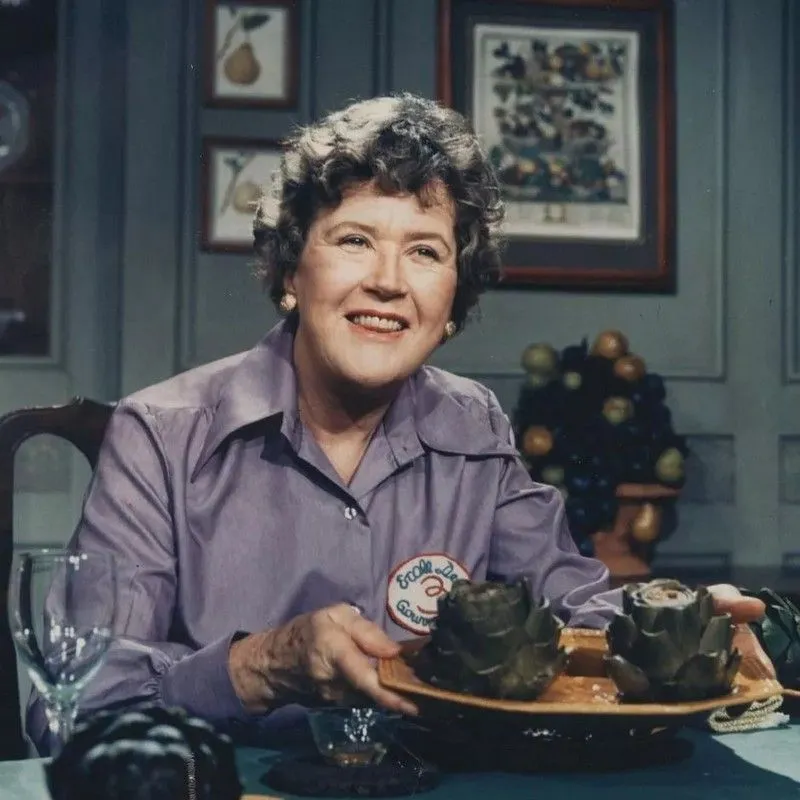
@Julia Child: The Culinary TV Star/thebestchefawards.com
Interesting fact: In 1943, Child worked with a zoologist, Captain Harold Coolidge, to develop a shark repellent for the OSS. However, it proved to be more effective in boosting morale in the US Navy than in scaring away sharks. Child subsequently received the Distinguished Civilian Service Award.
Harriet Tubman
Harriet Tubman proved herself to be a first-class spy during the Civil War. In that era, few people expected Afro-Americans, especially women, to secretly gather information or pass messages. So, this was a significant advantage for Harriet. She was born into slavery but then escaped from captivity and began working as a conductor on the underground railroad, where she later launched her underground activities.
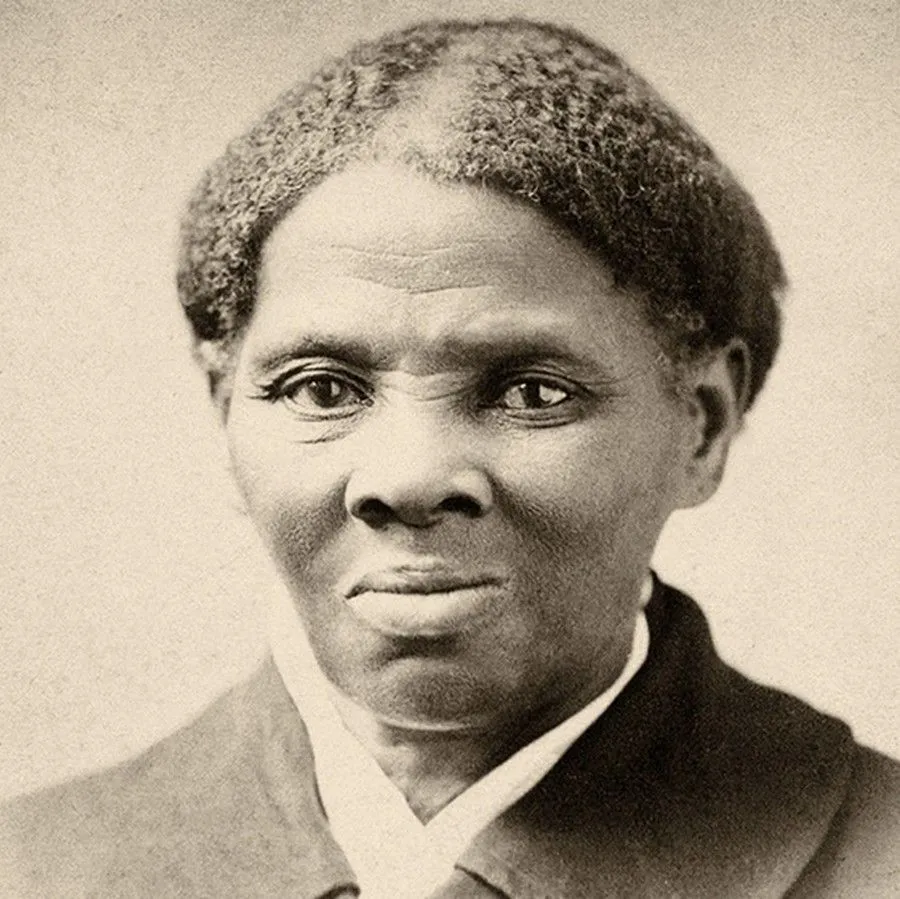
@Jennifer Robinson/kpbs.org
Tubman conducted reconnaissance missions and helped guide Union troops, notably leading a successful raid in South Carolina in 1863 that freed over 700 enslaved people. Her intelligence work, combined with her bravery, made her a key figure in both the abolitionist movement and the Union's war efforts.
Coco Chanel
If you think that Coco Chanel was just a fashion designer who revolutionized fashion, you are wrong. French intelligence documents that were declassified after World War II show that Chanel spied for the Nazis. Her code name was “Westminster”. Chanel used her connections to carry out diplomatic initiatives, including a plan called Operation Modellhut.
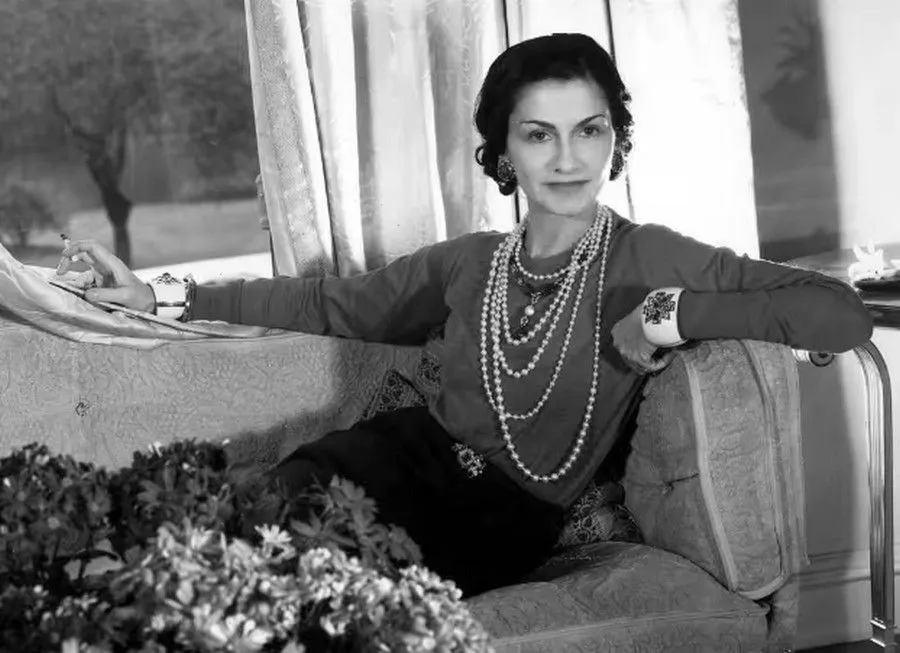
@How Coco Chanel embroidered her contradictory life story/theguardian.com
In 1942, the Nazis sent her to Spain with a secret letter to her friend, Prime Minister Winston Churchill, with a proposal to sign a separate peace between Britain and Germany. But the designer never managed to get to him and returned home with nothing. After the war, Coco was criticized but her connections helped her avoid prosecution and she returned to her fashion career.
Harpo Marx
Harpo Marx, a silent member of the famous comedy group the Marx Brothers, had an unexpected and fascinating role as a spy at the beginning of World War II. Although he is best known for his slapstick performances and musical talent, Harpo was recruited by the U.S. government for a secret mission when he visited the Soviet Union in 1933 as part of a friendship tour.

@Harpo Marx/showsinfo.tv
During his trip, Harpo acted as a courier for the U.S. Embassy, smuggling important documents out of the country. He used his status as an entertainer and his trademark mute persona to avoid suspicion. It is said that he hid sensitive diplomatic documents in his famous raincoat and, thanks to his amusing behavior, went unnoticed by the Soviet authorities.
George Washington
The first President of the United States, George Washington, was not only the leader of the country but also a pioneer in American espionage. Washington realized the critical importance of intelligence and information gathering in warfare, and this led him to create a network of spies and informants. During the Revolutionary War between the United States and Great Britain, Washington formed the Culper Ring.
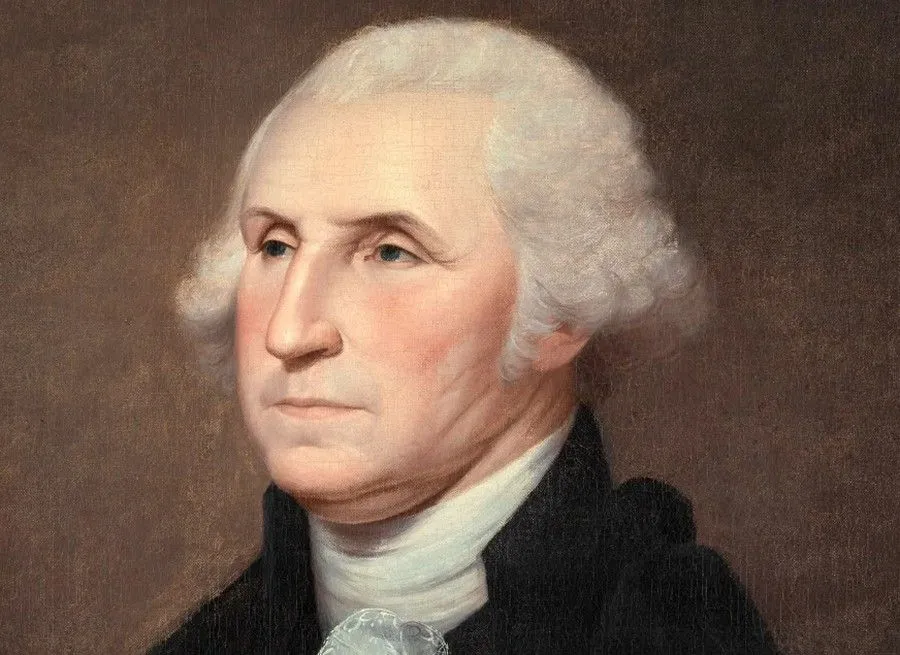
@Mindy Weisberger/edition.cnn.com
It was one of the most effective spy networks of the time. Operating primarily in and around New York City, Culper Ring provided Washington with important information about the movements and plans of British troops. The network included a diverse group of individuals, from merchants and tavern owners to residents, who exchanged information in confidence.
Sterling Hayden
Sterling Hayden had a stunning career in movies and even received the title of “Most Beautiful Man in Hollywood”. But at some point, he decided to change his fate dramatically. At the height of World War II, the actor joined the fight against fascism and became an American spy under the pseudonym John Hamilton.
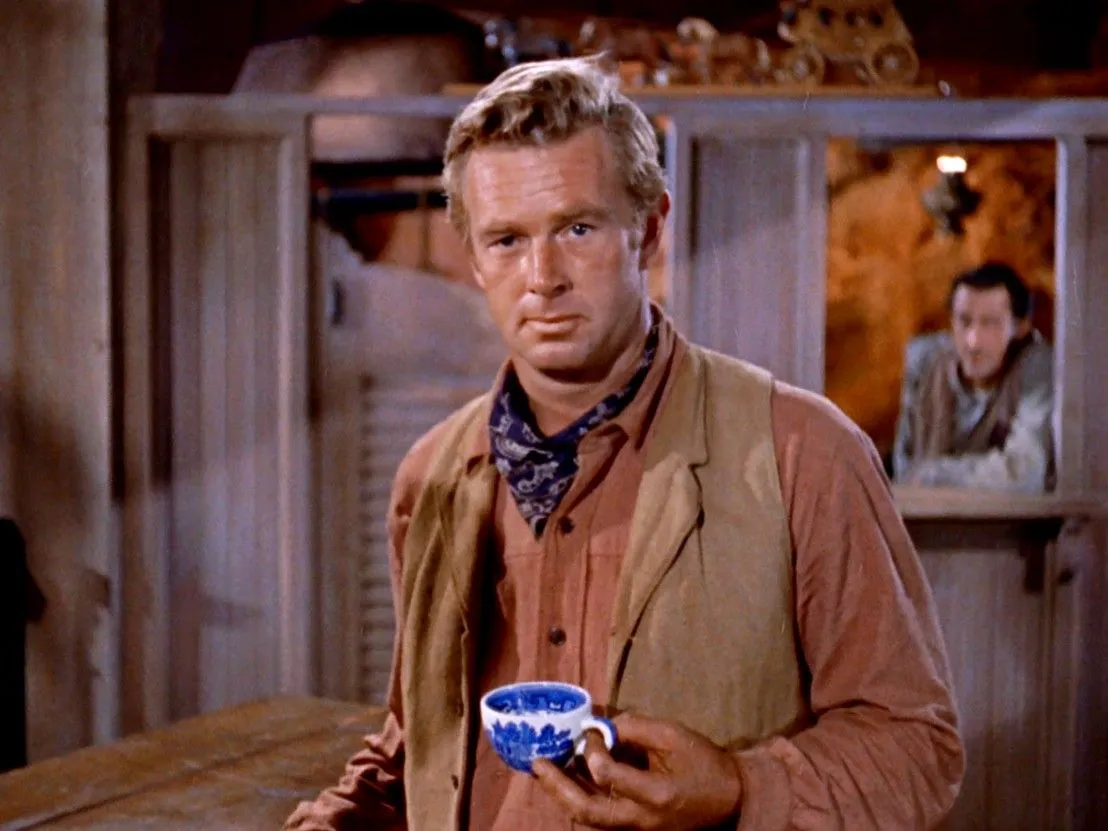
@In praise of Sterling Hayden – cinema’s nicest tough guy/lwlies.com
One of Hayden's most notable missions was to work with the French Resistance, where he provided important support in sabotaging German operations. His fluency in French and deep understanding of European culture helped him navigate the complexities of espionage during this turbulent period. After the war, Hayden continued to act but often recalled his experiences as a spy in his memoirs.
Ian Fleming
Before Ian Fleming wrote his novels about MI6 agent James Bond, he was a spy himself. Fleming worked for British naval intelligence throughout World War II. His mission included developing sabotage strategies and gathering information about enemy operations. The future writer was known for his creativity and ingenuity, qualities that later shaped the fascinating plots of his novels.
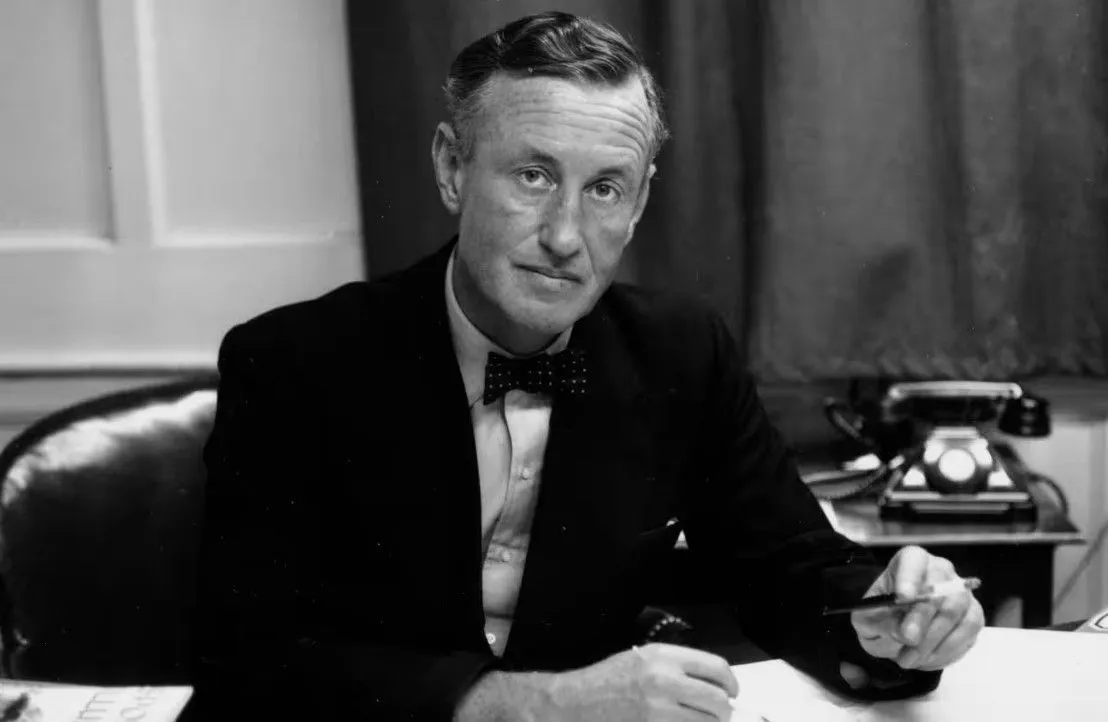
@Ian Fleming: The Complete Man by Nicholas Shakespeare review – the other international man of mystery/theguardian.com
After the war, Fleming's experience in intelligence became a rich source of inspiration for the character of James Bond, whose adventures often reflected real-life spy operations. Moreover, in his 1965 novel The Man with the Golden Gun, Fleming revealed the identity of “M” as Vice Admiral Sir Miles Messervy. This character was allegedly based on Rear Admiral John Godfrey, Fleming's superior in World War II.
Nathan Hale
During the American Revolutionary War, Nathan Hale served as both a soldier and an intelligence operative for the Continental forces. In September 1776, Hale volunteered for a dangerous intelligence-gathering mission in New York City, which was then occupied by British troops. Disguised as a Dutch teacher, he tried to gather information about the movements and strategies of British troops.
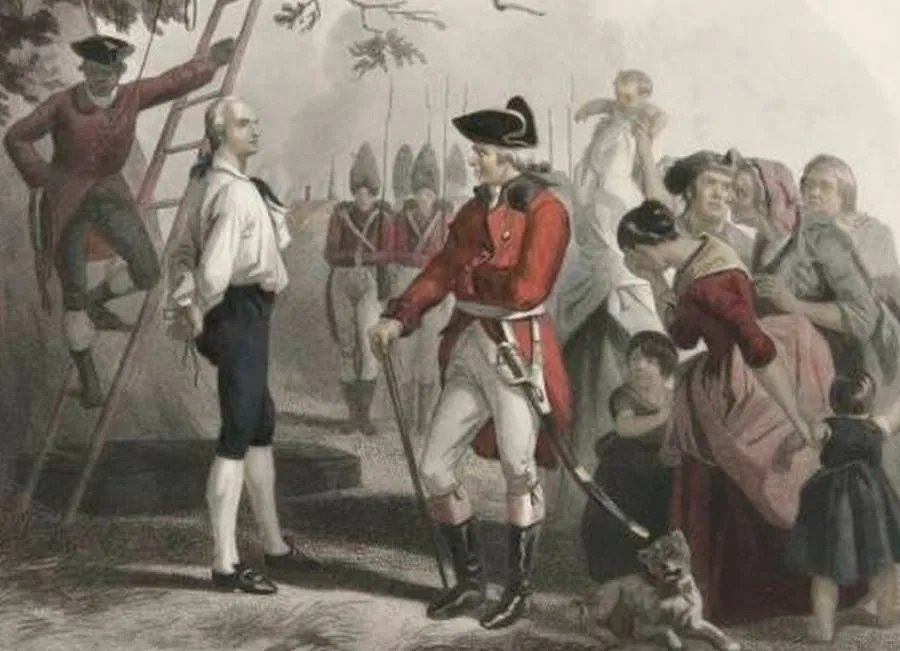
@Genevieve Carlton/allthatsinteresting.com
Unfortunately, he was captured by British soldiers shortly after completing his mission. Despite his arrest, Hale remained determined and is known to have said: “I only regret that I have but one life to give for my country” before his execution on September 22, 1776. His courage and dedication to the American cause made him a symbol of patriotism and sacrifice.
Rose O’Neal Greenhow
Rose O’Neal Greenhow was a prominent Confederate spy during the American Civil War, known for her ability to gather intelligence through her connections in Washington, D.C. A well-connected socialite, she used her charm to cultivate relationships with Union officials. Her most notable achievement was providing advanced intelligence contributing to the Confederate victory at the First Battle of Bull Run in July 1861.
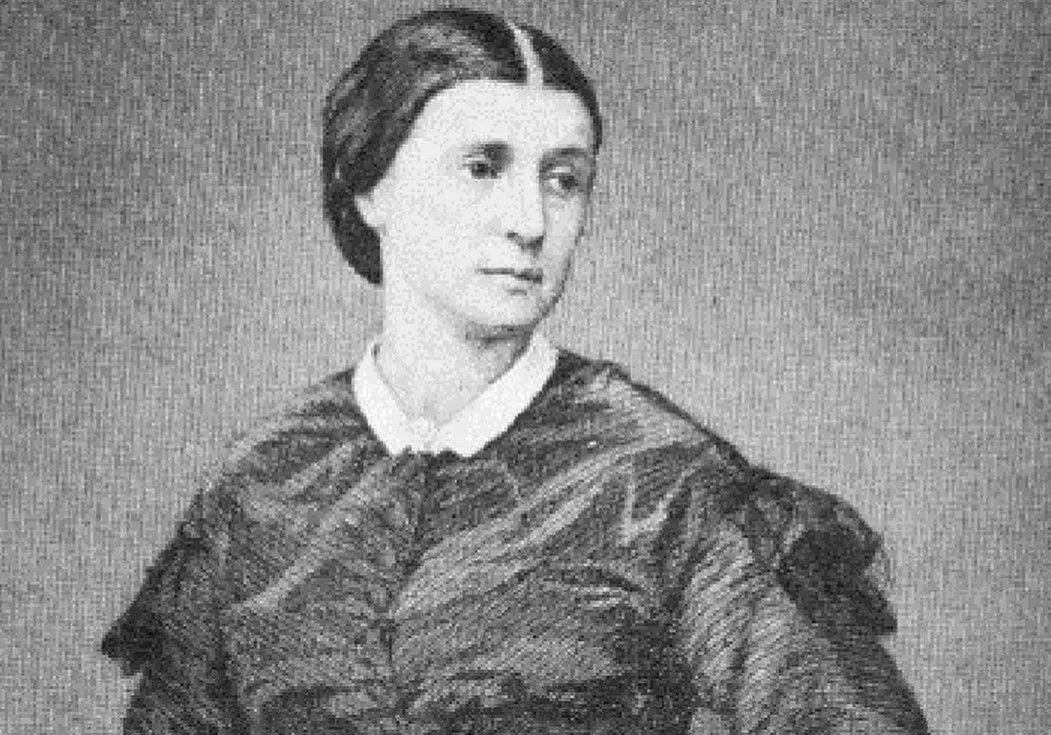
@J. William Denton/medium.com
Kate Greenhow returned to the Confederacy in 1864 aboard a British blockade runner. The ship ran aground and was pursued by Union forces. Fearing capture, Greenhow tried to escape by rowboat but drowned. Weighted down by gold hidden in her clothing, she perished at sea.
Sidney Reilly
Sidney Reilly, often referred to as the “Ace of Spies,” was a prominent figure in espionage in the early 20th century. He led an ecstatic lifestyle and was a famous womanizer. Sidney actively used his charm in his espionage activities to gain access to sensitive information.
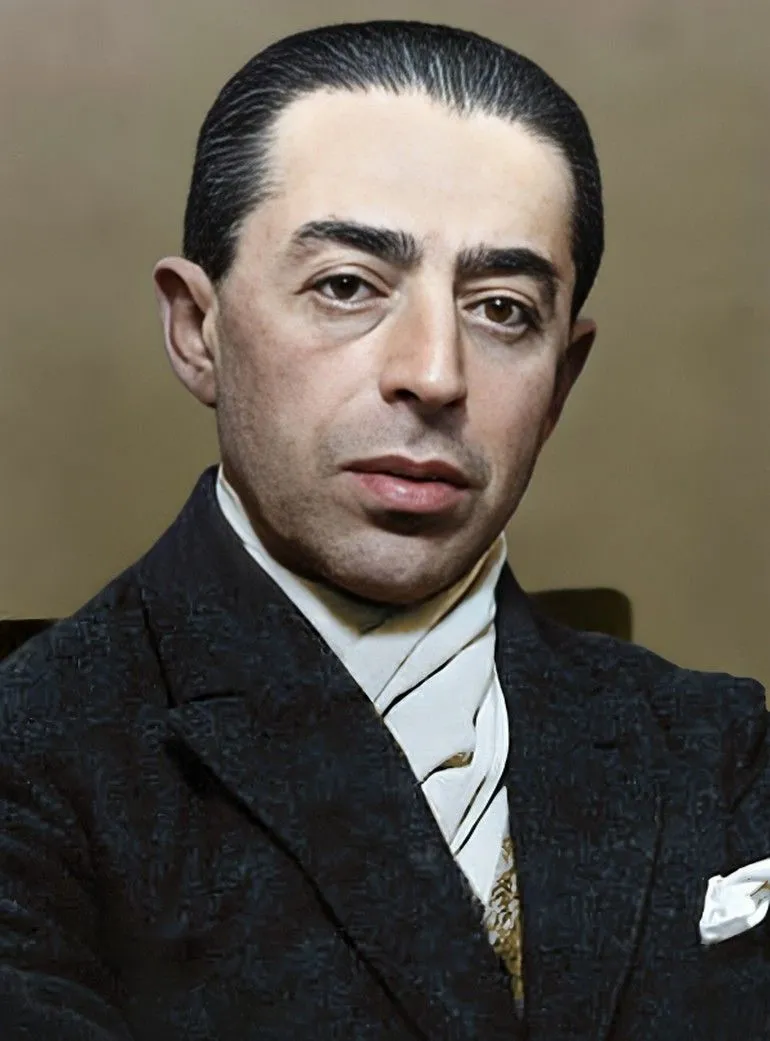
@Sidney Reilly/klimbim2020.wordpress.com
He is credited with some of his most daring endeavors, the most famous of which is his involvement in a plot to assassinate Soviet leader Lenin. The plot failed but Reilly made a spectacular escape. In 1925, he returned to Russia to help overthrow the Soviet regime but this time he was out of luck. Sidney Reilly was captured by the Soviets and executed the same year.
Henri Dericourt
Henri Dericourt, a French pilot born in 1909, is suspected of being a double agent during World War II. After fleeing occupied France to Britain, he joined the Special Operations Executive and was sent back to France to organize clandestine operations.
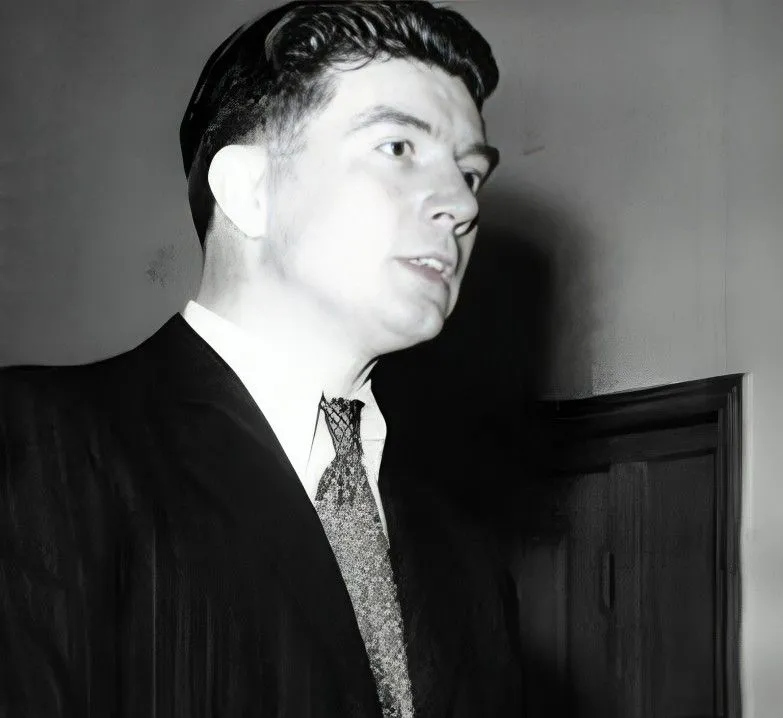
@Henri Dericourt/findagrave.com
When several British agents and French resistance fighters were arrested by the Gestapo, the SOE began to suspect Dericourt. He was apprehended in 1946 but acquitted in 1948. Although he died in a plane crash in Laos in 1962, some believe he may have faked his death to escape scrutiny, as his body was never recovered.
Odette Hallowes
Odette Hallowes became an SOE agent by chance. In 1942, she sent a postcard offering assistance in military operations to the wrong government agency. She was summoned to the First Aid Nursing Yeomanry (FANY) unit, where she was trained as an SOE agent. Later that year, she was sent to Nazi-occupied France to collaborate with local residents. However, not long after, Hallowes and her leader, Peter Churchill, were captured by the Germans.
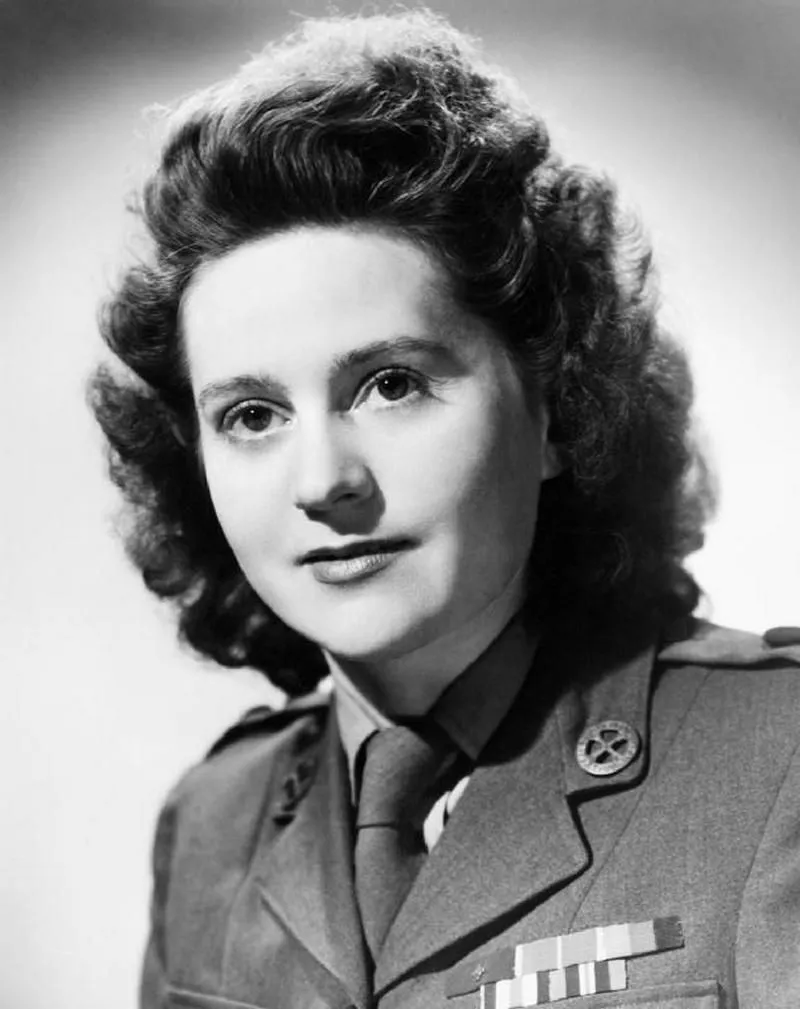
@Odette Sansom/hannah-howe.com
She realized that if the Germans believed Peter was a nephew of the British Prime Minister and considered her his wife, they would not kill them but instead use them as bargaining chips. In fact, both Hallowes and Churchill survived the war largely because they maintained this story. Hallowes, who became the only woman awarded the George Cross in peacetime, died in 1995 at the age of 82.
Klaus Fuchs
Klaus Fuchs is known for providing information about the Manhattan Project to the Soviet Union. After fleeing to Britain in the 1930s to escape the Nazis, he worked on the British atomic bomb project during World War II. Fuchs was later recruited by the Soviet Union's military intelligence (GRU) and passed critical information about atomic research to them. Two years later, he moved to the United States and became part of the team of scientists working on the Manhattan Project.

@Atom spy Klaus Fuchs was motivated by conscience/theguardian.com
In 1949, Americans began to suspect him of espionage. Fuchs, who returned to Britain after the war, initially denied passing information to the Soviet Union but confessed in 1950 to being a spy. The British sentenced him to 14 years in prison. After being freed in 1959, he was expelled to East Germany and lived there until he died in 1988. The extent of Fuchs's espionage impact on the Soviet atomic bomb project remains a topic of debate.
Richard Sorge
Richard Sorge was a Soviet spy of German descent. While recovering from injuries sustained on the Western Front during World War I, he became a fervent communist. In the 1920s, he moved to the Soviet Union and soon began working as an intelligence agent. During World War II, Sorge operated in Japan, providing the Soviet Union with crucial information about the intentions of both Japan and Nazi Germany.
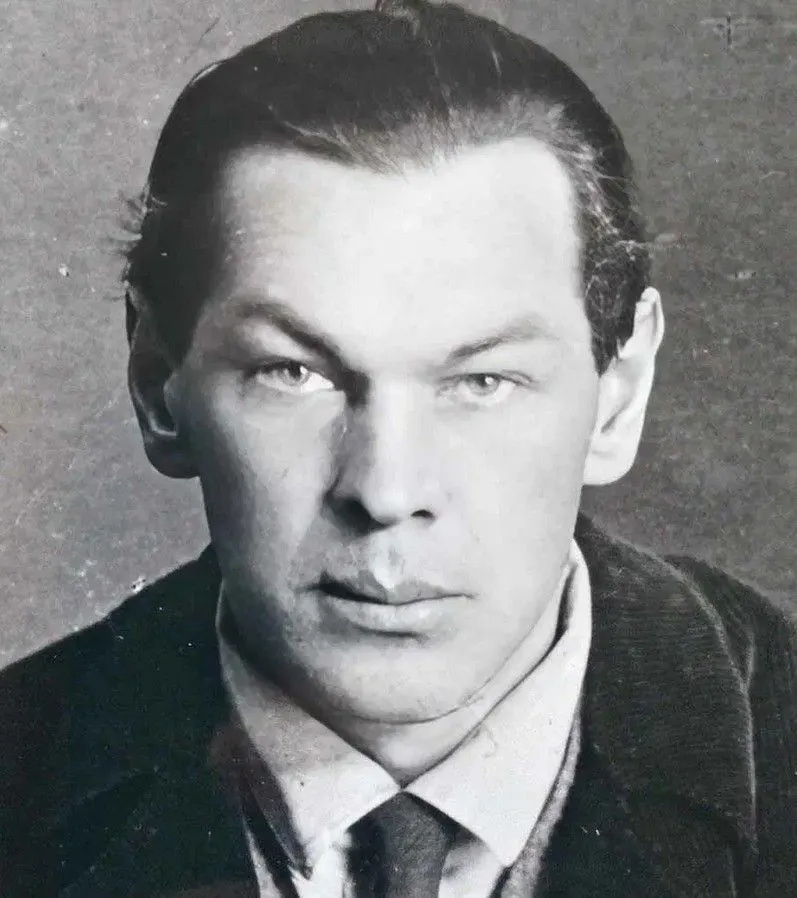
@Matt Whittaker/thecollector.com
Sorge informed the Soviet Union that Japan had no plans to attack Russia. But later he learned that Germany was going to invade the Soviet Union and shared this with the Soviet leadership. In 1941, he was discovered by the Japanese and arrested. Three years later, he was executed. In 1964, Sorge was posthumously awarded the title of Hero of the Soviet Union.
Virginia Hall
Virginia Hall, an American-born British spy, was a remarkable figure during World War II. Despite losing a leg in a hunting accident, she joined the British Special Operations Executive and was parachuted into France to aid the French Resistance.
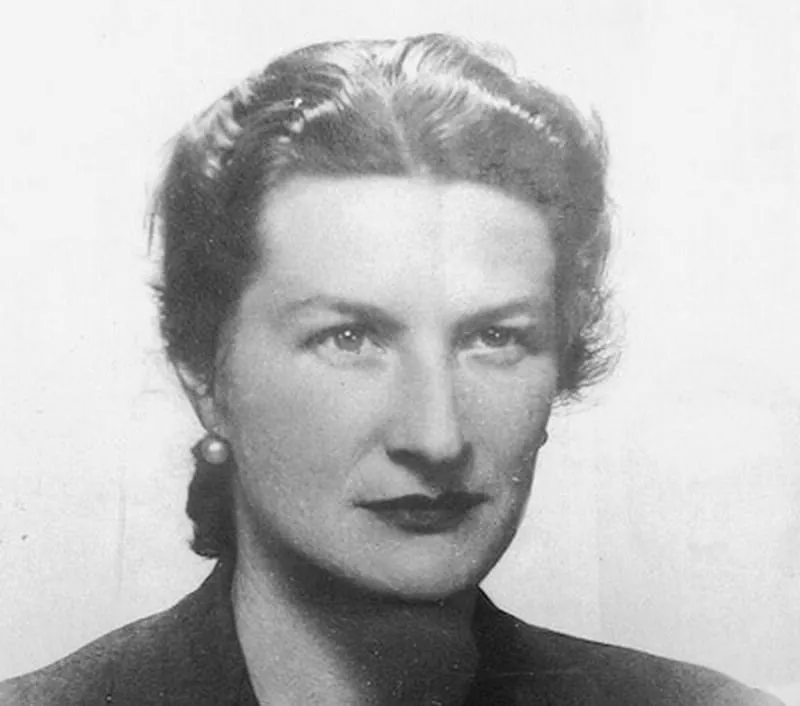
@Marcia G. Yerman/nexttribe.com
Known as "the limping lady" by the Gestapo, she recruited agents, organized sabotage missions, and provided crucial intelligence to Allied forces. Her work was so effective that the Nazis placed a bounty on her head. After the war, Hall continued her work in intelligence, serving as a CIA operative in Europe.
Nancy Wake
Nancy Wake was married to a very rich man in Marseille at one time. This allowed her to use her husband's money to conduct a number of clandestine operations. As a result, Nancy became a leading figure in the French Resistance during World War II. The Gestapo gave her the nickname “White Mouse.” At one point she was the most wanted person, with a 5 million franc reward for her head.
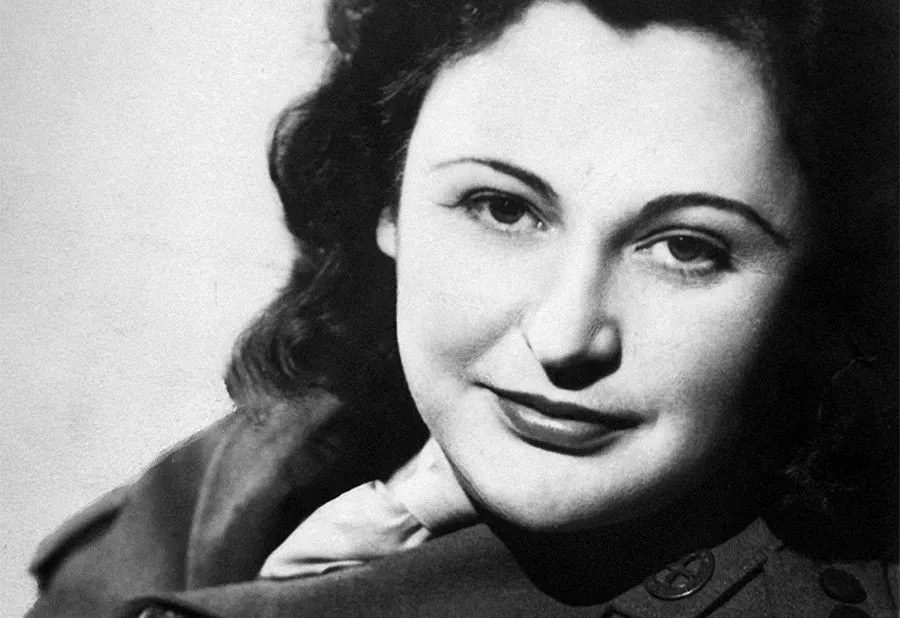
@Lily Johnson/historyhit.com
During her undercover work, Nancy cycled over 300 miles across Germany to replace codes that her mobile phone provider had to destroy during a raid. She later fled to Britain and was enlisted in the Special Operations Executive. Unfortunately, her husband was tortured by the Gestapo for refusing to give up her whereabouts.
Princess Noor Inayat Khan
Noor Inayat Khan hails from a family with royal ties to the Kingdom of Mysore in South India. She lived with her family in the UK but in 1920 they moved to France. After studying music in Paris, Khan returned to London and volunteered for the Women's Auxiliary Air Service. In 1943, she was recruited by the Special Operations Executive.

@Noor Inayat Khan – SOE/war-experience.org
Hahn was the first female radio operator sent to occupied France. The Gestapo later discovered copies of her secret signals. Despite being tortured and interrogated, Hahn refused to provide any information. Eventually, she was executed at Dachau concentration camp in 1944.
Vera Atkins
Vera Atkins began her espionage career by meeting the German ambassador to Romania, from whom she received information and passed it on to the British Secret Service. She did a good job and was then recruited to gather intelligence for the British.
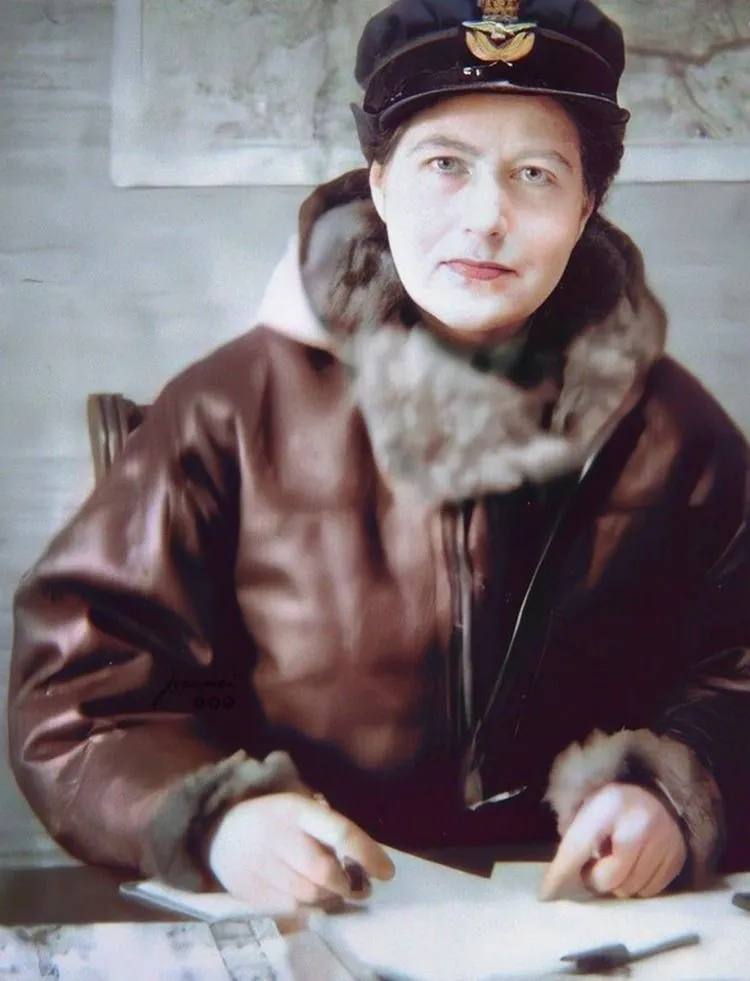
@Jecinci/facebook.com
She sent secret information to Churchill and joined a state-owned enterprise he created. Vera recruited, trained, and supervised heroic secret agents who parachuted into France to sabotage the Nazis. She informed the agents about how to live in occupied France and what rules to follow.
Dmitri Polyakov
For a long time, Dmitri Polyakov was considered a "legend" of espionage, secretly working for the CIA as a deep mole in the Soviet Union. Thanks to his infiltration, the U.S. was aware of Soviet military planning and stayed informed about Russian developments in weaponry. Experts say that he alone kept the Cold War from escalating into a real conflict.

@Đăng Bẩy/soha.vn
In 1984, CIA spies monitoring Soviet media noticed a recipe for kutia — a traditional Eastern European dish — which raised serious concerns among American intelligence officials. Polyakov had placed the recipe in the media to signal that he urgently needed to contact his American handlers. Shortly after, the agent went silent, and his communication with the U.S. ceased. Two years later, Polyakov was apprehended in the Soviet Union. In 1988, he faced a trial for treason and was ultimately executed.
Harith al-Sudani
In 2014, Captain Harit al-Sudani, a member of the Iraqi counter-terrorism intelligence unit "Falcon," infiltrated the ranks of the world’s deadliest terrorist organization — ISIS. Over 16 months of undercover work, the secret agent achieved significant successes, including thwarting 30 planned car bomb attacks.
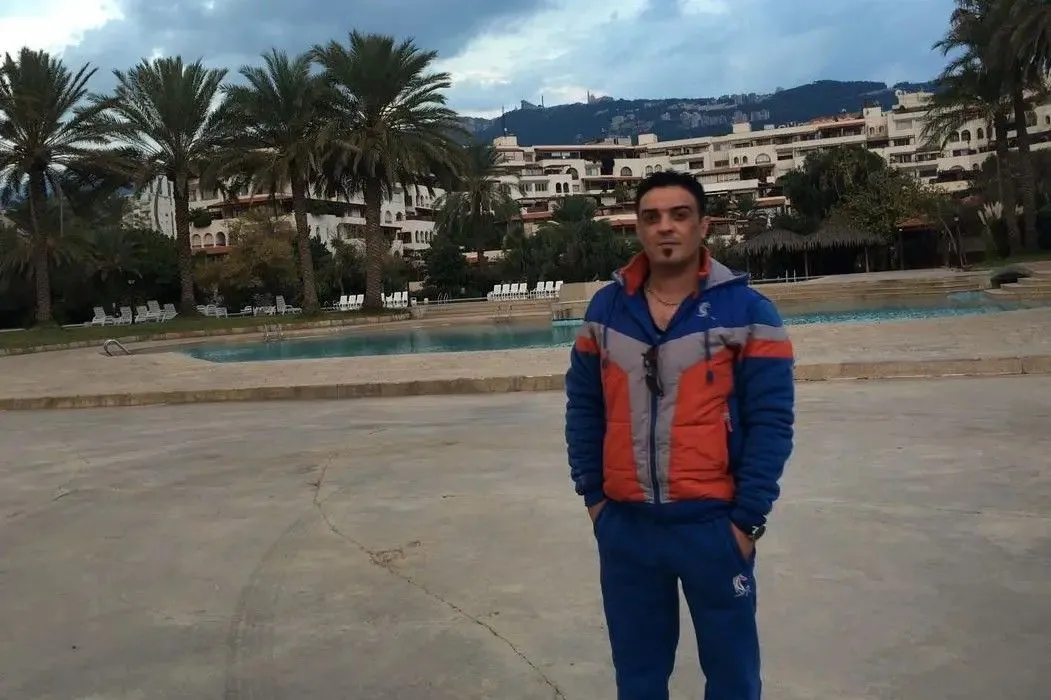
@Por Margaret Coker/nytimes.com
In 2016, Captain al-Sudani's cover was compromised, putting his life in danger. Despite the grave risk, the Iraqi agent chose to continue his vital undercover work. At that time, ISIS had planted bugs in his car and obtained irrefutable evidence of his espionage. Captain al-Sudani was captured and is suspected to have been beheaded. His body was never found.
Sandy Grimes
Sandy Grimes is a former CIA officer known for her critical role in uncovering and stopping one of the most damaging espionage cases in U.S. history. Along with her colleague Jeanne Vertefeuille, Grimes was instrumental in exposing Aldrich Ames, a CIA officer who spied for the Soviet Union in the 1980s and early 1990s.

@Can A Computer Catch A Spy?/npr.org
Ames' betrayal led to the compromise and execution of multiple CIA assets in the Soviet Union. Later, Grimes co-authored the book Circle of Treason. In it, the former CIA officer provides a detailed account of the investigation and capture of Ames.
Jonna Mendez
Jonna Mendez was a leading expert in disguises for the CIA, especially during the Cold War. She used advanced techniques like masks and prosthetics to help CIA agents change their identities and avoid being caught in dangerous places.

@Dawn Klavon/northernvirginiamag.com
One of her most famous missions was the successful escape of six American diplomats from Iran during the 1979 hostage crisis. Mendez created fake documents, posing them as a film crew. This helped the diplomats safely leave Tehran and return home alive and unharmed.
Melita Norwood
Motivated by her political beliefs, Melita Norwood, a British official, systematically passed secret information about British nuclear research to Soviet intelligence for many years. Having access to the most sensitive data, she became one of the key agents of influence that brought the USSR much closer to creating its own nuclear weapons.
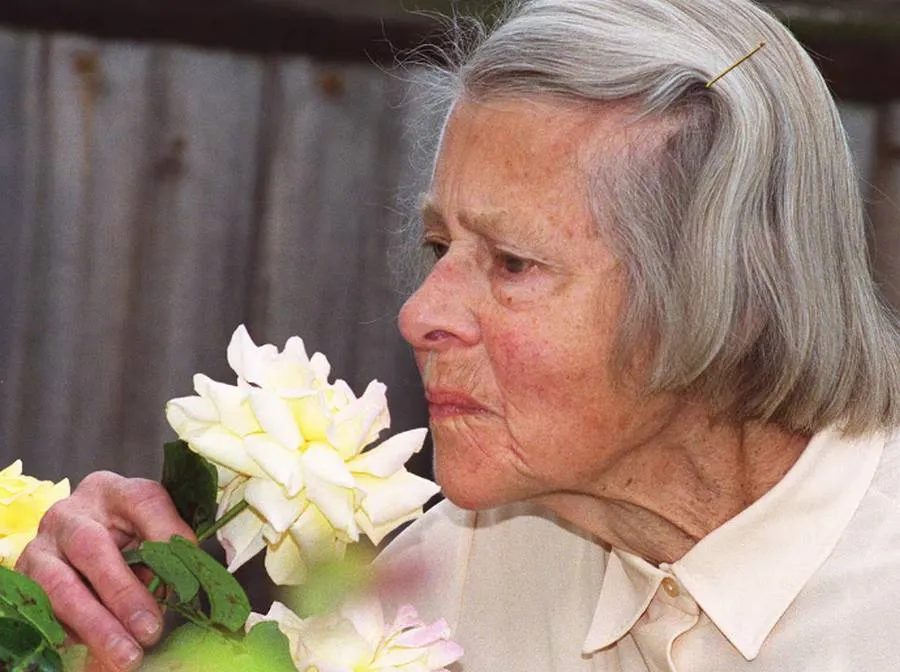
@Mark Drew/shropshirestar.com
Until 1999, her covert activities remained undisclosed. However, the publication of Vasily Mitrokhin's book about Soviet intelligence in Britain put an end to her long career as a spy. When confronted with the fact of her exposure, she claimed that her motive was the hope of preserving peace.
Harold “Kim” Philby
Philby joined MI6 in the 1930s and gradually rose through the ranks. His knowledge of communism and Russian made him a valuable asset to the organization. However, unbeknownst to his colleagues, Philby was secretly working for the Soviet Union. Once he was able to pass on crucial secrets to his Soviet handlers, including details about the American atomic bomb project and the identities of other British double agents.
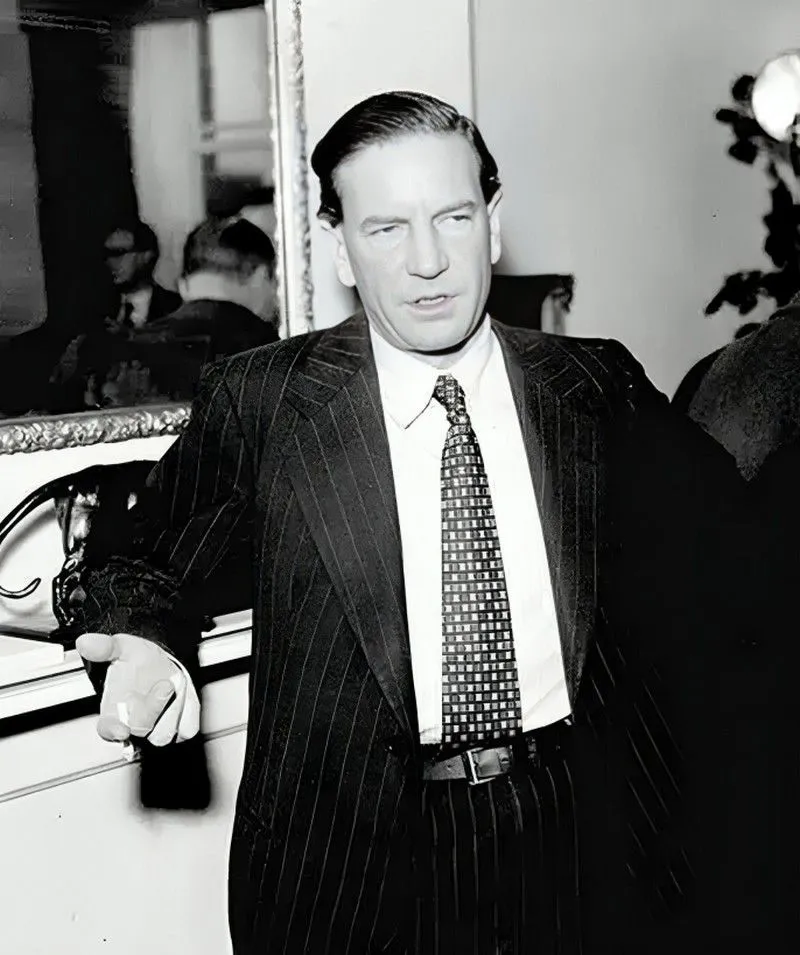
@PA/theguardian.com
Despite his treachery, Philby managed to maintain a facade of loyalty to Britain for decades. His contributions were recognized with the prestigious Order of the British Empire award. However, as the Cold War intensified, suspicions about Philby began to grow. In 1963, facing increasing scrutiny, he defected to the Soviet Union, where he was hailed as a hero.
Oleg Gordievsky
Oleg Gordievsky, the KGB's London resident in the 1980s, secretly worked for British intelligence. Disillusioned by Soviet politics, especially after the Prague Spring, he became a high-ranking KGB officer turned Western spy. However, after becoming a suspect due to information leaked to the KGB by Aldrich Ames, Gordievsky was recalled to Moscow and interrogated.
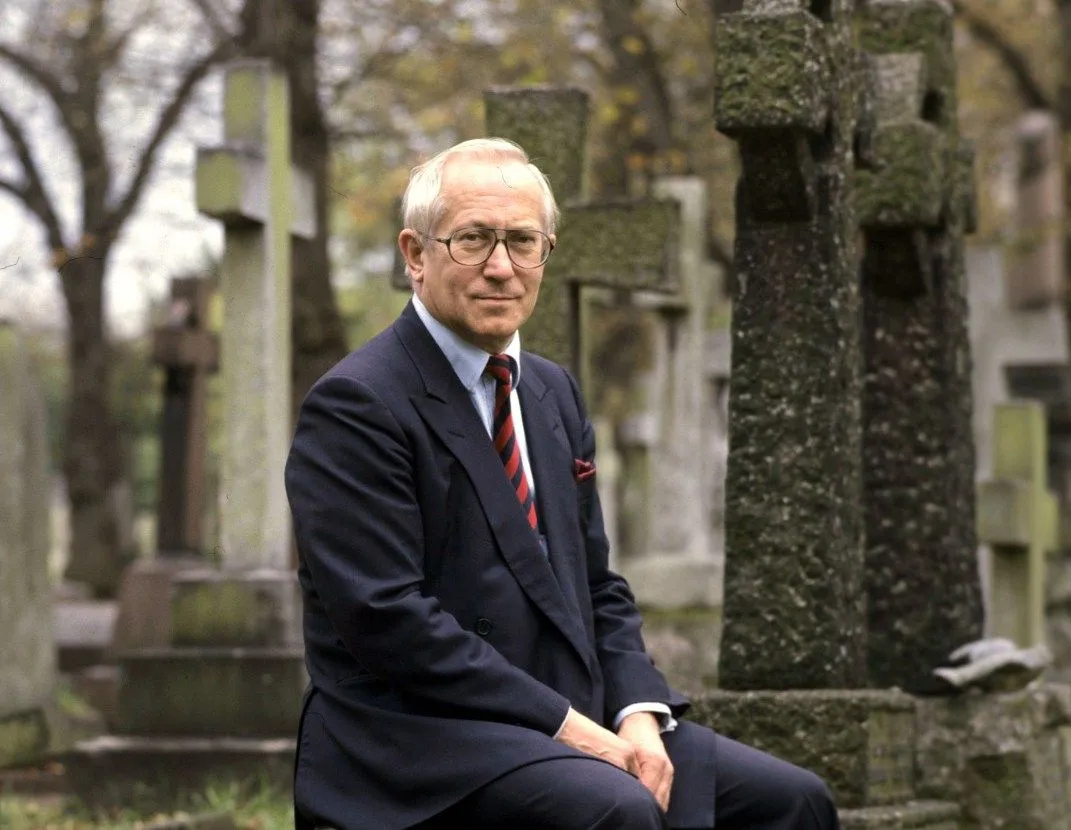
@The truth about Oleg Gordievsky, the KGB spy who changed the course of the Cold War/thetimes.com
With British help, Gordievsky escaped during a morning jog. Then he was sentenced to death in absentia by Russia. His bravery and intelligence significantly aided Western understanding of Soviet operations during the Cold War.
Ursula Kuczynski
A German Jewish communist, Ursula Kuczynski dedicated herself to revolutionary causes from a young age. In 1930, she moved to China, where she honed her skills in radio communication, an essential tool for espionage. Over the years, she lived in various countries, including Switzerland and England, before returning to East Berlin in 1950.
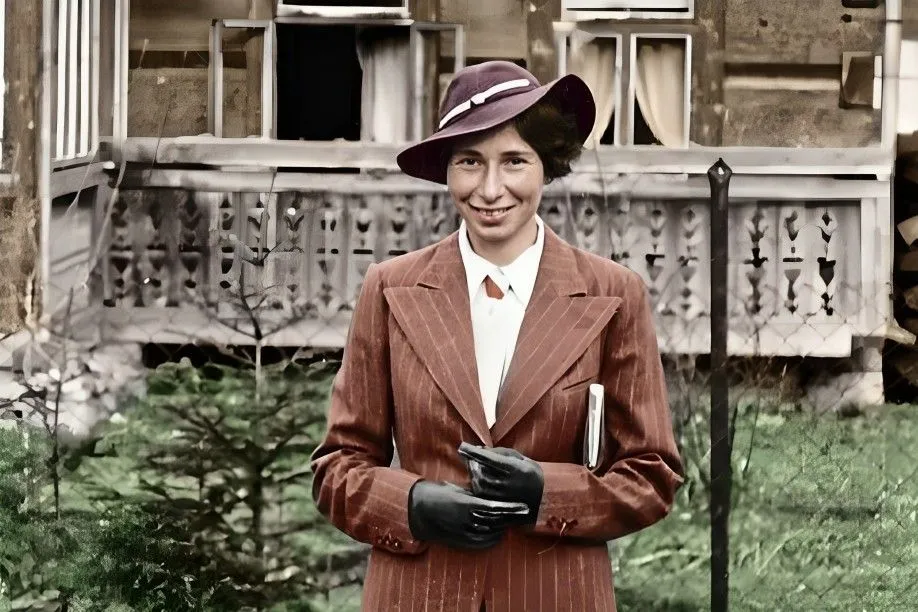
@Ian Harvey/thevintagenews.com
This move came after the arrest of Klaus Fuchs, a notable atomic spy, she had been managing for the KGB. After her espionage career, Kuczynski transitioned to writing and became a successful author of children's books, channeling her experiences into her literary work.
Alan Turing
One of the key achievements of World War II was the work of Alan Turing and his team at Bletchley Park, who managed to break the German Enigma codes. This breakthrough allowed Allied forces to avoid German U-boats, greatly influencing naval battles. In 1941 and 1942, the Royal Navy’s successful capture of several German vessels, carrying Enigma machines and codebooks.

@Gusta Mcfadden/facts.net
It soon became evident that British destroyer commanders were specifically trained to gather as much cipher material as possible from the captured ships. Enigma expert Hugh Sebag-Montefiore noted that the entire operation at Bletchley Park was remarkable. Together, these efforts played a crucial role in turning the tide of the war in favor of the Allies.
Robert Hanssen
The FBI's long-running sting operation to catch double agent Robert Hanssen was in jeopardy. Hanssen had already caused the deaths of two KGB double agents who were working for the Americans, exposing them to Moscow's wrath. FBI agent O'Neill played a special role in exposing the traitor. He shared an office with Hansen, working undercover to collect important intelligence.
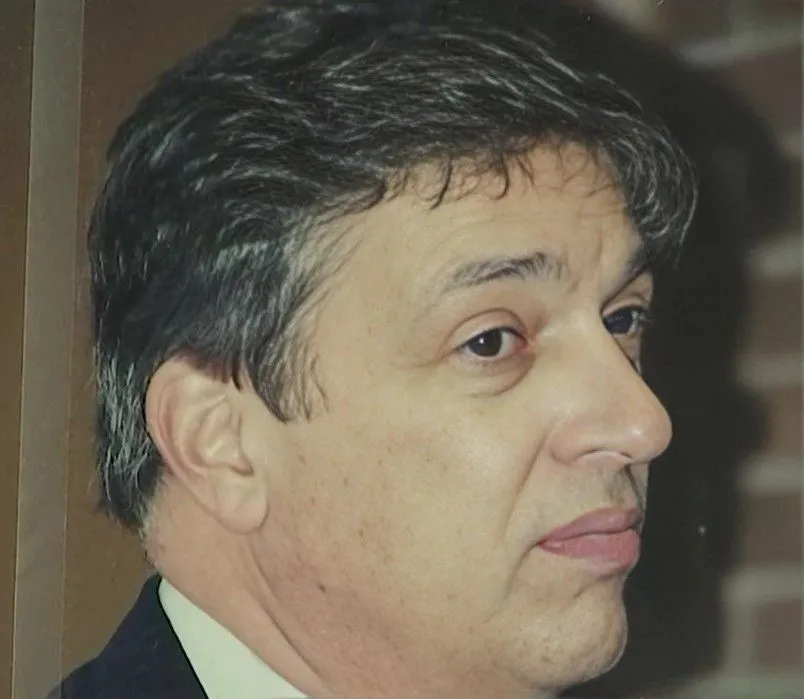
@Double-agent Robert Hanssen dies in prison/nbcwashington.com
He often rifled through Hanssen’s personal belongings whenever the latter stepped out. O’Neill’s efforts paid off in the arrest of Robert Hanssen in 2001, a major victory for the FBI. Hanssen's capture marked the end of a decades-long espionage operation that had compromised American intelligence.
Edward Snowden
Edward Snowden, a former NSA contractor, became a controversial figure in 2013. He released classified documents exposing the agency's mass surveillance programs and passed this information to journalists from The Washington Post and The Guardian.

@Mr. President, Don’t Pardon Edward Snowden/politico.com
Snowden with his girlfriend fled the United States and eventually ended up in Moscow, where he found temporary refuge. In 2022, the ex-intelligence officer was granted Russian citizenship. Meanwhile, back in his homeland, he faces trial on charges of espionage and theft of state property.
Benedict Arnold
Benedict Arnold, a prominent American Revolutionary War officer, is infamous for his betrayal. At first, he gained fame in battles for his country but later became disillusioned with the Continental Army. This is what prompted him to secretly negotiate with the British.
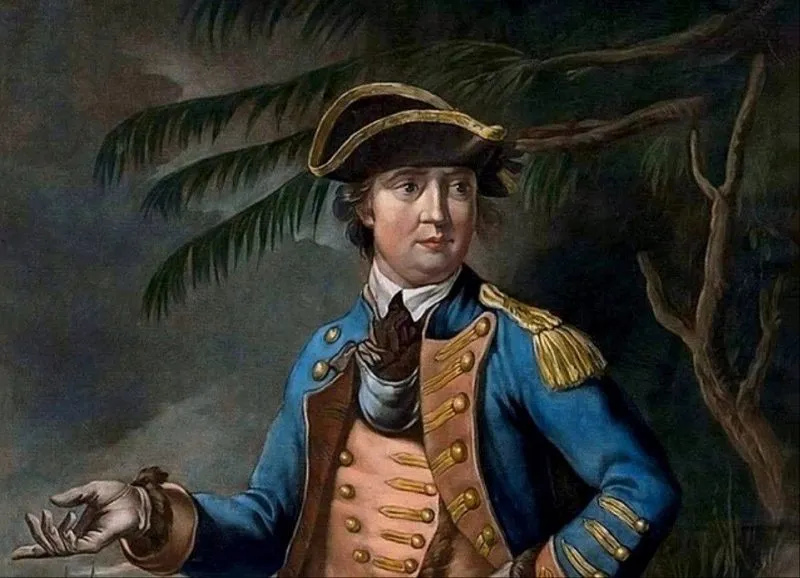
@Profs & Pints DC: The Treason of Benedict Arnold/georgetowner.com
Arnold sought to surrender West Point, a strategically important fort, to the British in exchange for money and a position in their army. However, his plan was foiled when his accomplice was captured. Arnold fled to join the British forces, where he was commissioned as a brigadier general.
Anna Chapman
Anna Chapman gained notoriety in the United States in the early 2010s for her involvement in a network of Russian spies operating within the country. After years of surveillance by the FBI, Chapman became aware of her compromised status. Seeking guidance from her father, a KGB general, she was advised to surrender to law enforcement authorities and plead guilty.

@Ousted Russian Spy Anna Chapman Is Now a Trump-Loving Instagram Star/vanityfair.com
In a high-profile spy swap, she was exchanged for four Russians convicted of spying for the U.S. Upon returning to Russia, Chapman became a media sensation. She embraced her fame, modeling and appearing on TV. Her popularity grew further when she joined a board associated with President Putin's political party.
Walt Disney
While Walt Disney is known for his animated films and theme parks, he also had a secret relationship with the FBI. After a strike at his studio, Disney became concerned about communist influence among his employees. He began cooperating with the FBI to identify and report suspected communists.
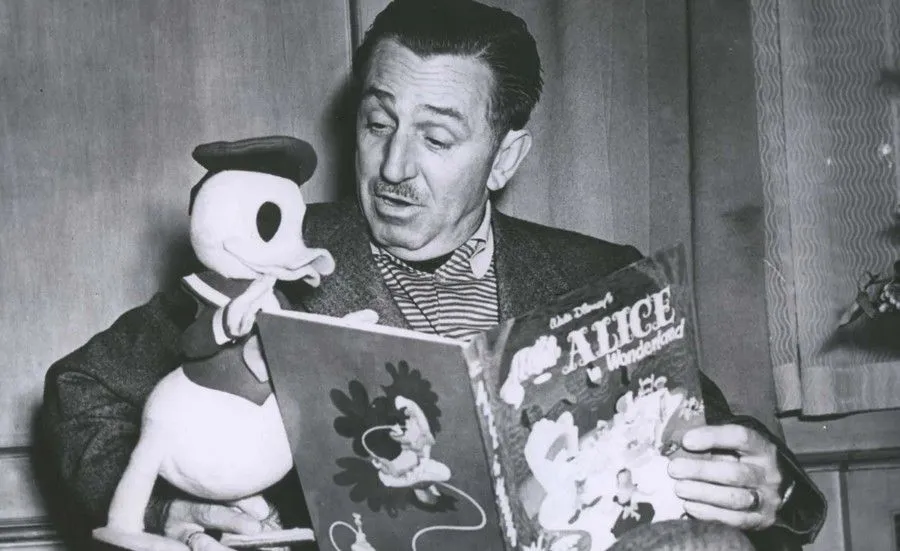
@Bosley Crowther/britannica.com
Disney's involvement with the FBI included appearing before the House Un-American Activities Committee and offering Disneyland facilities for FBI use. His accusations led to many individuals being blacklisted. However, his criteria for identifying potential communists were often subjective.
Julius and Ethel Rosenberg
Julius and Ethel Rosenberg, an American communist couple, were executed in 1953 for espionage. Julius, recruited by the Soviet KGB, passed classified information, including nuclear secrets, to the USSR. Ethel's involvement remains disputed but she was convicted based on her brother's testimony.
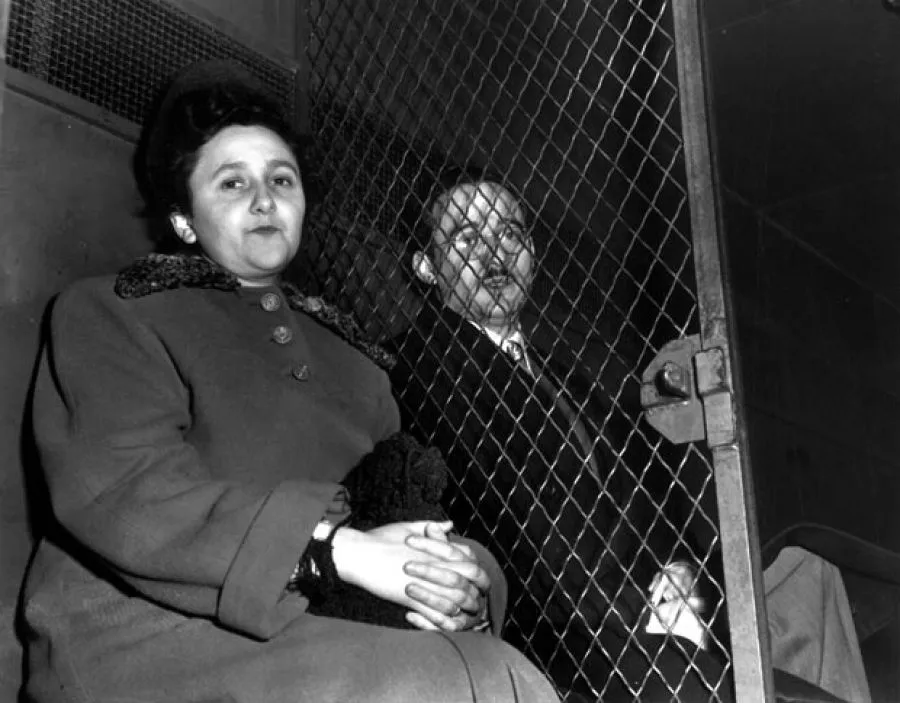
@Julius and Ethel Rosenberg/atomicarchive.com
The Rosenberg’s trial and execution came during the height of the Cold War, fueling fears of communist infiltration in the United States. Their case remains controversial, with many questioning the fairness of their trial and the evidence presented against them.
Aldrich Ames
Aldrich Ames, a CIA counterintelligence officer, became a notorious traitor in 1994 when he was convicted of spying for the Soviet Union. Driven by financial woes, Ames offered secrets to the Soviets in 1985. His access to CIA assets in Europe allowed him to expose a devastating number of undercover operatives, leading to the deaths of at least 10.
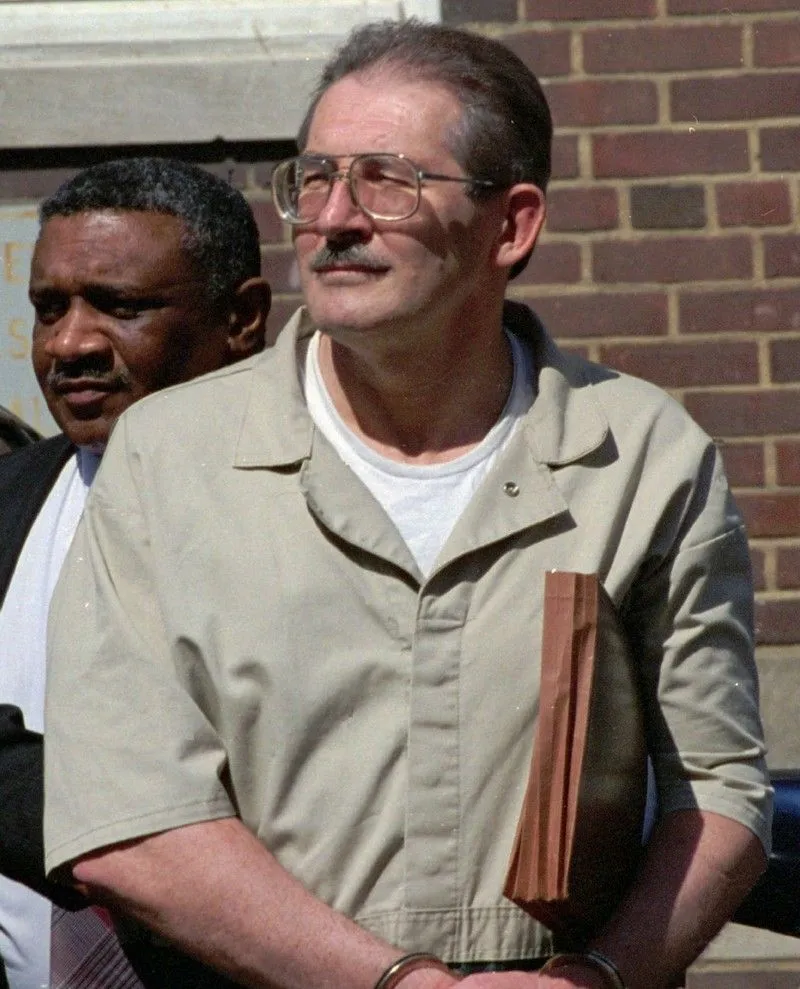
@Rick is a goddamn Russian spy’: Does the CIA have a new Aldrich Ames on its hands?/atomicarchive.com
For over nine years, Ames reveled in his double life, using his ill-gotten gains of over $4 million on lavish purchases. While the CIA initially struggled to believe their security breach, they eventually identified Ames as the culprit. Fearing his defection, the FBI apprehended Ames and his wife before a trip to Russia. At present, he is incarcerated with a life term.
Giacomo Casanova
Giacomo Casanova, a Venetian native, is renowned for his romantic conquests and his autobiography, "The Story of My Life." His privileged upbringing, thanks to his mother's connections, allowed him to pursue a legal career. Casanova's charm and connections with powerful women propelled him to a position of influence. However, his extravagant lifestyle often led to financial ruin.
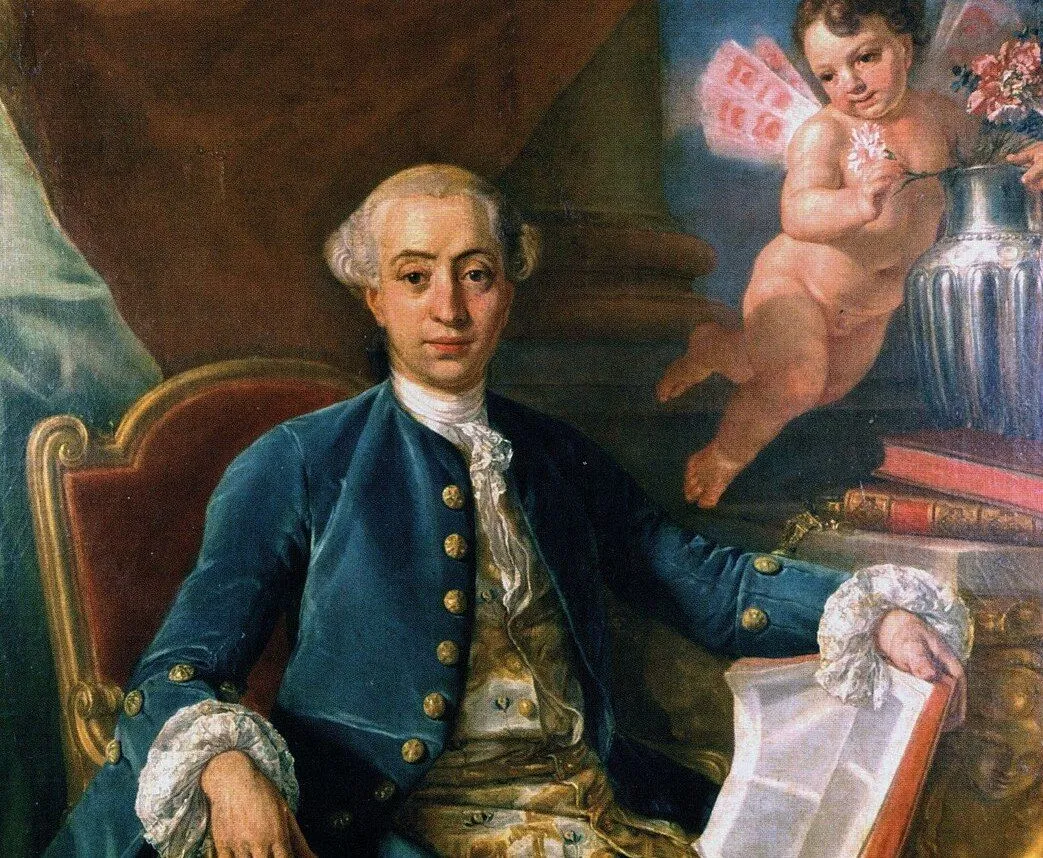
@Giacomo Casanova by Francesco Naric/wikipedia.org
In the late 18th century, Casanova served as a spy for the Venetian government. The exact nature of his duties remains shrouded in mystery, as his diary ends shortly after he began this work. His involvement in a libel case led to his exile from Venice in 1782. Casanova spent the remainder of his life as a librarian in Bohemia.
Major John Andre
John André, a British officer adored by American society during the Revolutionary War, met a tragic end in 1780. After nearly a decade of fighting in America, André rose to the rank of Major and became head of British intelligence. Conspiring with American General Arnold, André agreed to help capture West Point for a hefty sum.
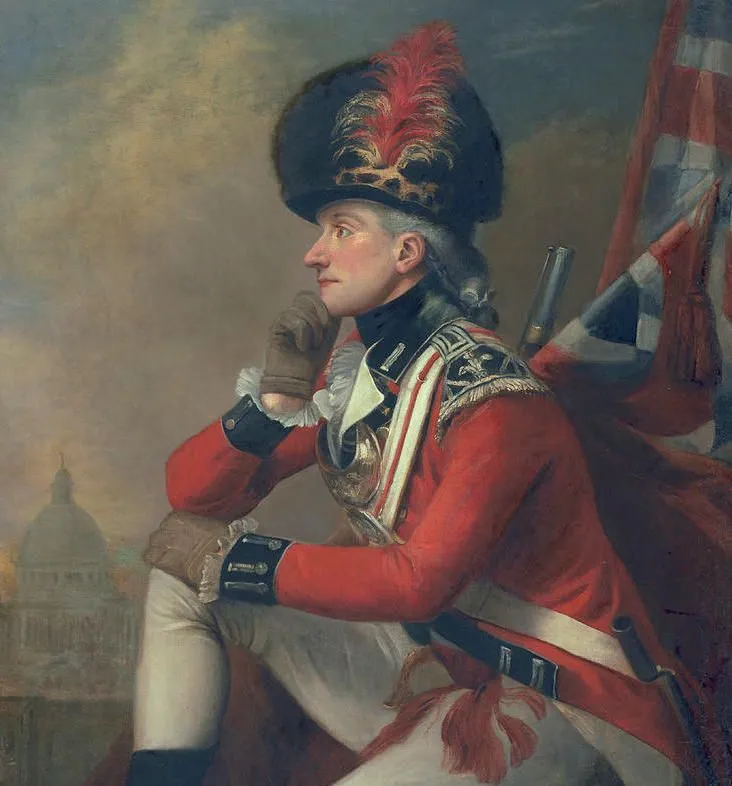
@A soldier called Major John Andre/fineartamerica.com
Disguised in civilian clothes, André attempted to return to New York with incriminating documents. However, he was captured by the American militia, who discovered his true identity and the hidden papers. Tried as a spy, André was found guilty and hanged on September 29th, 1780.
Jonathan Pollard
In the mid-1980s, Jonathan Pollard began sharing highly sensitive U.S. intelligence, including details on Arab nations and Soviet military capabilities, with Israel. He claimed he was motivated by a desire to help Israel, an American ally. But his actions caused significant diplomatic tensions between the two nations.

@Dan Williams/reuters.com
In 1985, Pollard was arrested after attempting to seek asylum at the Israeli Embassy in Washington, D.C. He pleaded guilty to espionage and was sentenced to life in prison in 1987. After serving 30 years, Pollard was released on parole in 2015. After his parole restrictions were lifted in 2020, Pollard moved to Israel, where he received a hero's welcome.
Cecile Pearl Witherington
Cecile Witherington, a British woman raised in Paris, joined the French Resistance during World War II. As a trained Special Operations Executive agent, Witherington risked her life to smuggle weapons into occupied France. When her superior was captured, she took command of his troops, leading them in a 14-hour battle against the Germans.
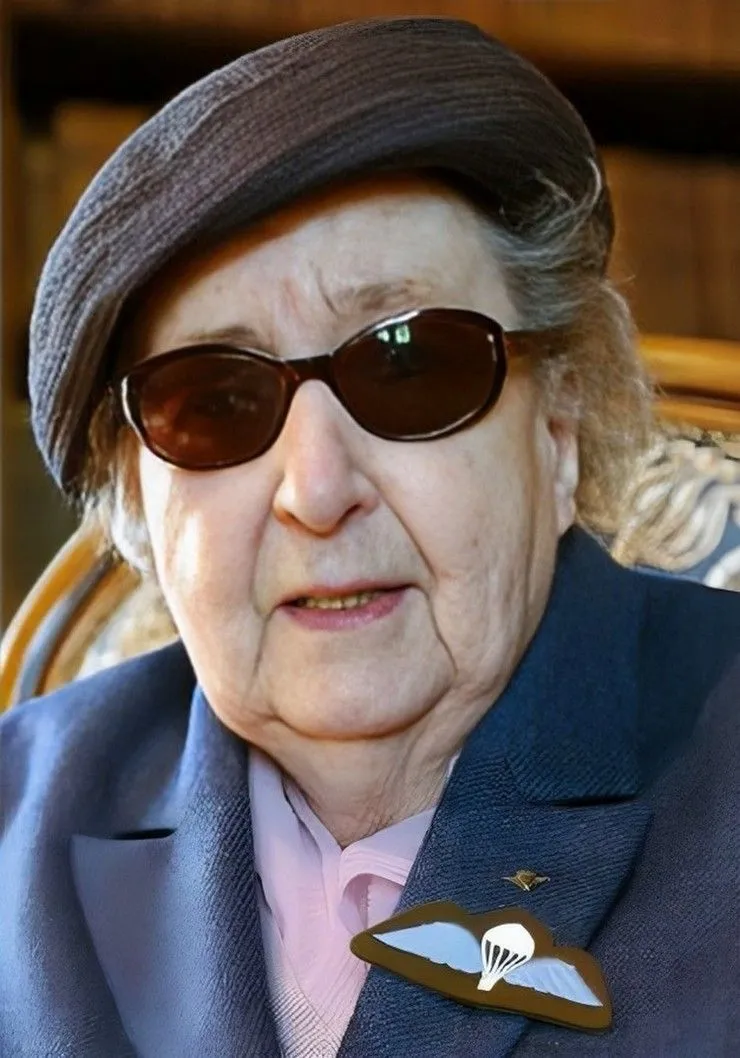
@Pearl Witherington/reference.jrank.org
Witherington's bravery and strategic brilliance were instrumental in inflicting significant losses on the German forces. The Nazis placed a 1-million-franc bounty on her head, a testament to the perceived threat she posed. Despite her notoriety, Witherington survived the war and lived to the age of 93.
First World War
It's hard to believe but carrier pigeons played a vital role in communication during World War I. Among these feathered heroes, Cher Ami stood out. In 1918, this brave bird saved the lives of over 200 American soldiers trapped behind enemy lines.
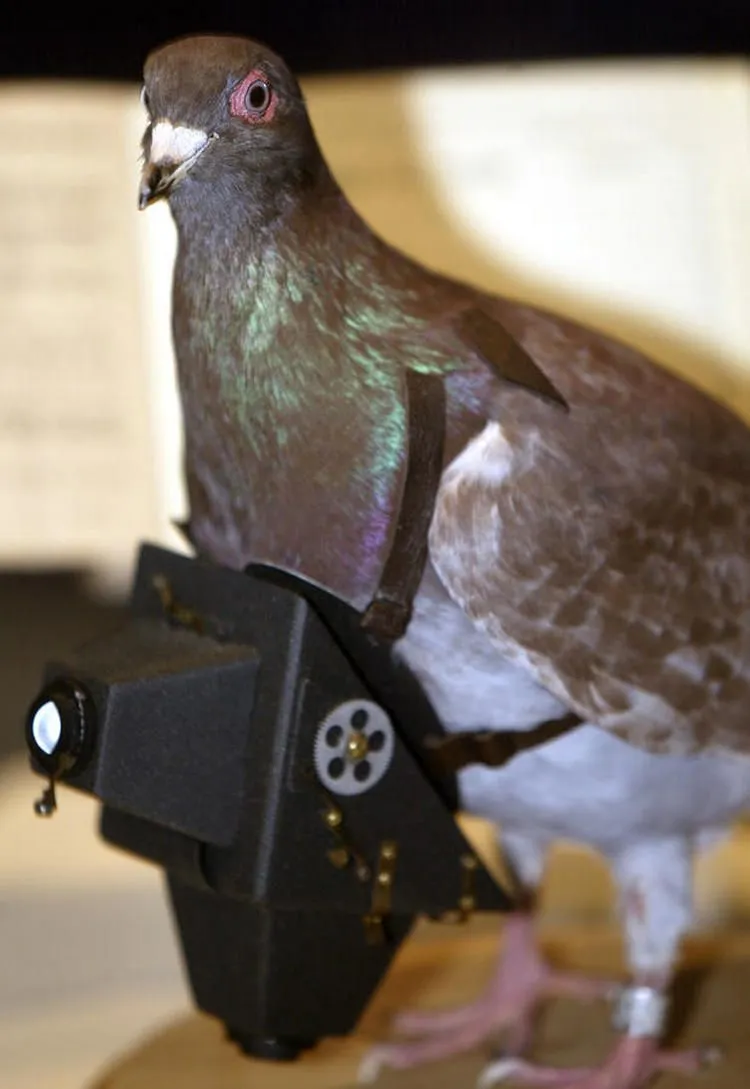
@Paul J. Richards/cbsnews.com
Despite facing heavy fire, Cher Ami successfully delivered a message pleading for help. Her unwavering courage earned her a prestigious military honor, the Croix de Guerre. Cher Ami's story remains a testament to the incredible bond between humans and animals, and her legacy continues to inspire.
Earl Pitts
Earl Pitts began his career with the FBI in the 1970s. But by the late 1980s, he had become disillusioned with his work. In 1987, Pitts was approached by Soviet intelligence operatives, and he agreed to sell classified information in exchange for money. Over several years, Pitts provided the Soviets with highly sensitive information about FBI operations, including counterintelligence programs and the identities of FBI agents.
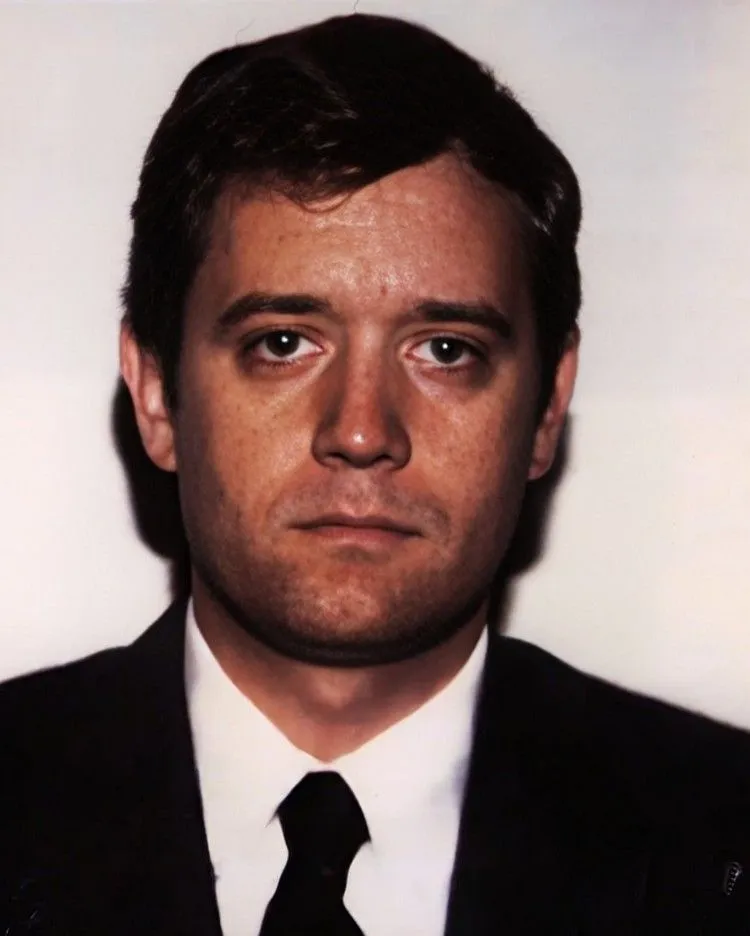
@AP/cbsnews.com
His espionage activities continued after the collapse of the Soviet Union, with Pitts working for Russian intelligence. In 1996, Pitts was arrested after an undercover sting operation led by the FBI. He pleaded guilty in 1997 and was sentenced to 27 years in prison.
John Walker
John A. Walker, Jr., and his son, Michael, both Navy officers, compromised national security by providing classified information to the Soviet Union from 1967 to 1985. Walker's espionage enabled the Soviets to decipher military communications and track U.S. submarines, significantly undermining American intelligence capabilities during the Cold War.
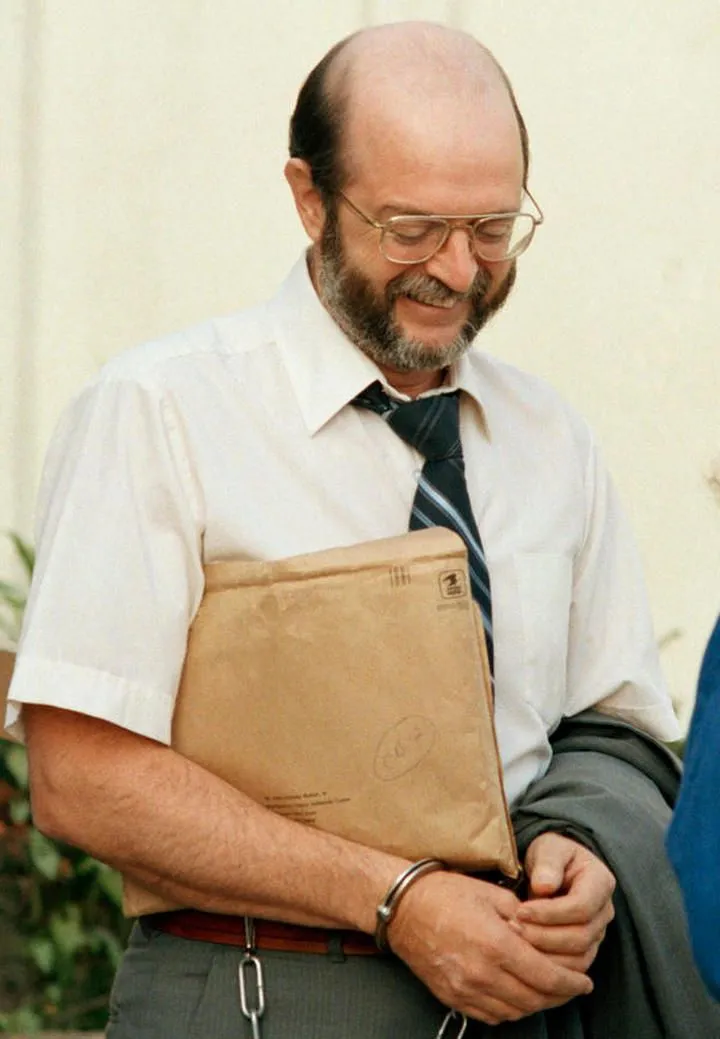
@AP/cbsnews.com
Following his arrest, John Walker agreed to plead guilty in exchange for leniency for his son, who had played a lesser role in the conspiracy. Walker was sentenced to three life terms and died in prison in 2014. His actions are considered one of the most damaging security breaches of the era.
Graham Greene
Graham Greene was not only a famous writer. During World War II, he served in MI6, mainly in Sierra Leone. His duties included monitoring possible German penetration into West Africa. The writer did not work as a spy for long but this work influenced his writing. One of Greene's most notable associations from his time at MI6 is with the infamous double agent Kim Philby.

@The 10 Most Famous Spies of All Time/arrestrecords.com
Green worked under Philby and maintained their friendship even after it became known that his boss was a Soviet spy. Graham’s ongoing loyalty and subsequent defense of Philby were unexpected. Moreover, Greene dedicated his book The Human Factor to him.
Dr. Mary Edwards Walker
Dr. Mary Edwards Walker is known for her extraordinary role as a physician, Civil War surgeon, spy, and women's rights activist. One of Walker's most intriguing roles was as a spy for the Union Army. Disguised as a man and operating behind the Confederate lines, she used her position as a surgeon to gather intelligence while caring for the wounded and sick.
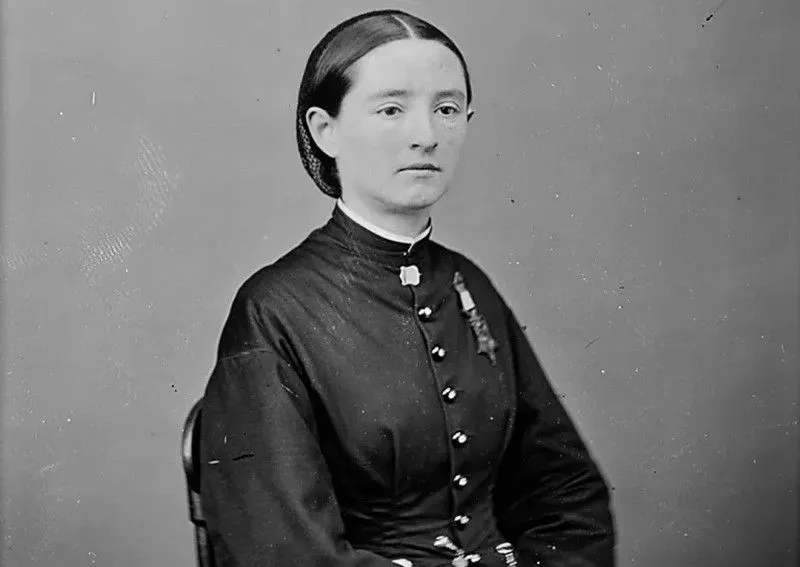
@Nursing Clio/nursingclio.org
Her ability to blend into the male-dominated environment allowed her to successfully gather valuable information. But she was captured by the Confederates and held captive for several months before being exchanged. She was the only woman to receive the Medal of Honor, the highest military honor in the United States, for her service during the Civil War.
Pauline Cushman
Pauline Cushman Fryer worked as an actress in a theater in New Orleans, which eventually led her to espionage. During a performance in Louisville, Kentucky, Cushman was approached by Confederate supporters and asked to toast the Confederacy during the show. She used the opportunity to gain their trust and was recruited as a spy by the Union Army.

@Pauline Cushman, the actress who became a Union spy/marinaamaral.substack.com
Cushman gathered critical intelligence, often by concealing information, and passed it on to Union troops. In 1864, she was captured and sentenced to death. However, she managed to avoid the execution thanks to the Allied forces, who later freed her. After the war, she traveled around the country sharing her stories and was recognized as a heroine of the Union.
Antonia Ford Willard
Antonia Ford Willard was born in Fairfax, Virginia, and came from a prominent Southern family that supported the Confederacy. Ford used her social connections to gather valuable military information, which she passed on to Confederate generals. Her charm and access to Union officers made her an effective spy, as she often attended social gatherings where Union plans were discussed.
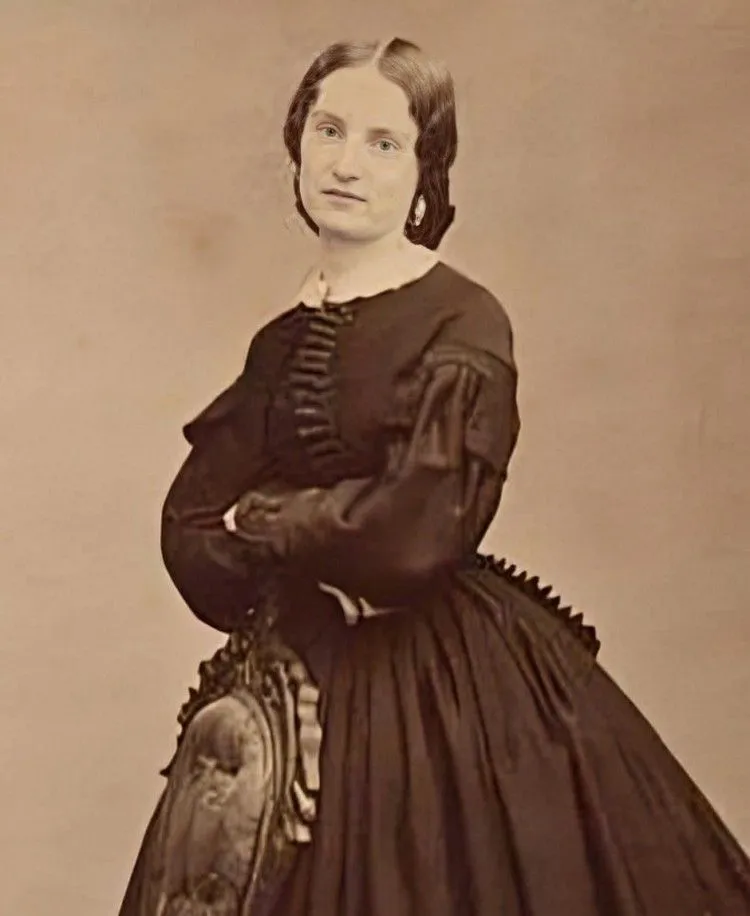
@Antonia Ford Willard/nps.gov
In 1863, Ford was arrested by Union authorities after she was involved in a plot to help Confederate raider John S. Mosby. Antonia was imprisoned for several months but eventually released due to lack of evidence. After her release, she married U.S. Army Major Joseph Willard, who helped secure her freedom.
Roald Dahl
Roald Dahl, widely celebrated as a beloved children’s author, is less known for his intriguing role as a British spy during World War II. Before he became famous for enchanting stories like Charlie and the Chocolate Factory, Dahl served as a military pilot for the British Royal Air Force. In 1942, after suffering a severe crash that left him unfit for flying, he was reassigned to Washington, D.C.
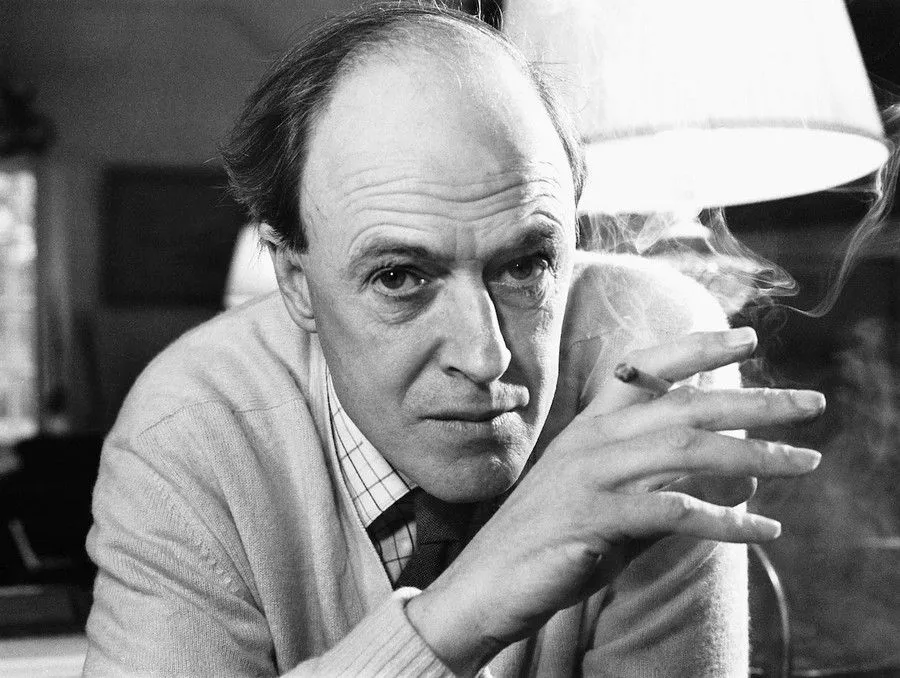
@Roald Dahl is as troubling as he is beloved. Can’t he be both?/washingtonpost.com
In this new role, Dahl leveraged his good looks and charm to infiltrate elite circles, gaining access to influential figures in American political life. He became part of a top-tier group of informants known as the “Baker Street Irregulars,” operating under the guidance of British intelligence officer Sir William Stephenson.
Frank Sinatra
Frank Sinatra, the iconic crooner, was more than just a charismatic entertainer. According to his daughter, Tina Sinatra, he secretly served as a CIA dispatcher. His frequent international travels, often aboard his private jet, provided the perfect cover for transporting individuals in and out of the country during a time of heightened global tension.
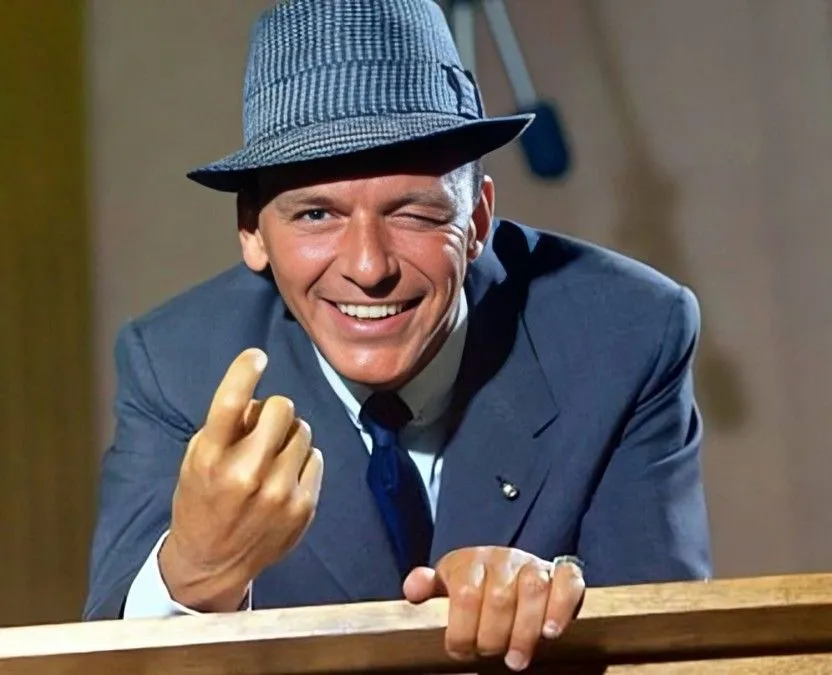
@Frank Sinatra, il ‘Memorial concert’ per festeggiare i cento anni dalla sua nascita/ilfattoquotidiano.it
Sinatra's connections to high-profile figures further obscured his involvement in these clandestine activities. His reputation as a charming and popular entertainer lulled suspicions, making it difficult for anyone to imagine him participating in covert operations for a government agency.
John Steinbeck
Renowned author John Steinbeck was recruited by the Office of Strategic Services during World War II. His first significant contribution to propaganda was the novel The Moon Is Up (1942), which dealt with the occupation of an unnamed country by a repressive regime. It was widely seen as a reference to Nazi-occupied Norway. Later, Steinbeck worked as a war correspondent for the New York Herald Tribune, maintaining ties with the OSS and gathering intelligence on both the Allies and the Axis.

@About John Steinbeck/steinbecknow.com
After the war, in the 1950s, Steinbeck lived in Paris, where he wrote articles for a French magazine while collecting intelligence for the CIA on the Communist faction in France and the French nuclear program. Much of his files with the CIA and FBI were destroyed in 2005, so the full extent of his espionage activities can only be guessed at.
Cary Grant
The iconic Hollywood actor Cary Grant had a secret life as a spy for the British government during World War II. One of the most notable Nazi hunters in the entertainment industry, he closely monitored suspected Nazi sympathizers, using his influence and connections to gather intelligence.
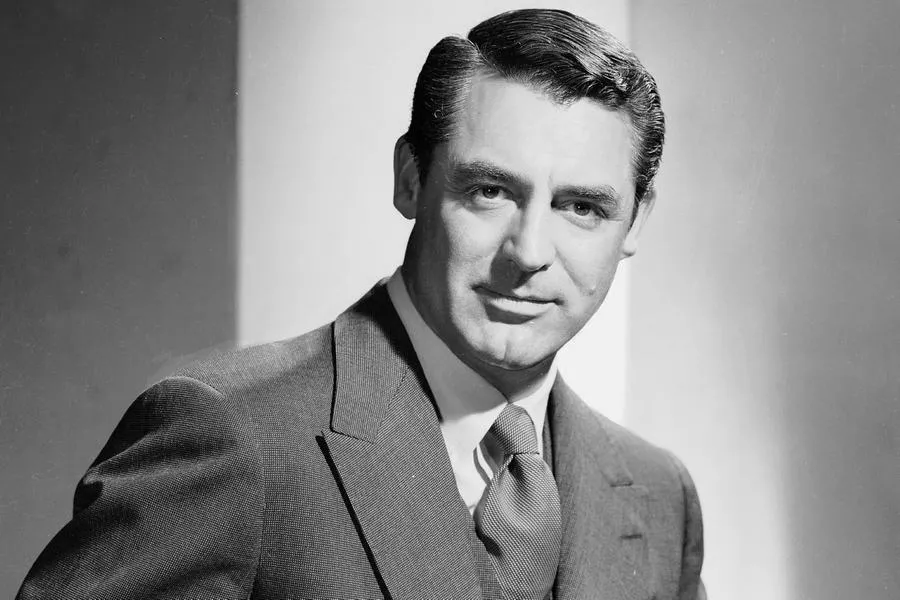
@25 Fascinating Facts About Cary Grant/facts.net
Grant infamously exposed fellow actor Errol Flynn as a Nazi sympathizer and investigated the former German husband of actress Barbara Hutton, whom he later married. Throughout the war, he generously donated his film salaries to organizations such as the British War Relief and the Red Cross, reflecting his dedication to aiding his homeland.
Marlene Dietrich
During World War II, Marlene Dietrich, the acclaimed German actress, became a notable figure. She not only showcased her cinematic talent but also made significant contributions to the war effort. While performing tirelessly for U.S. troops at the front lines, Dietrich also submitted a steady stream of reports to the FBI.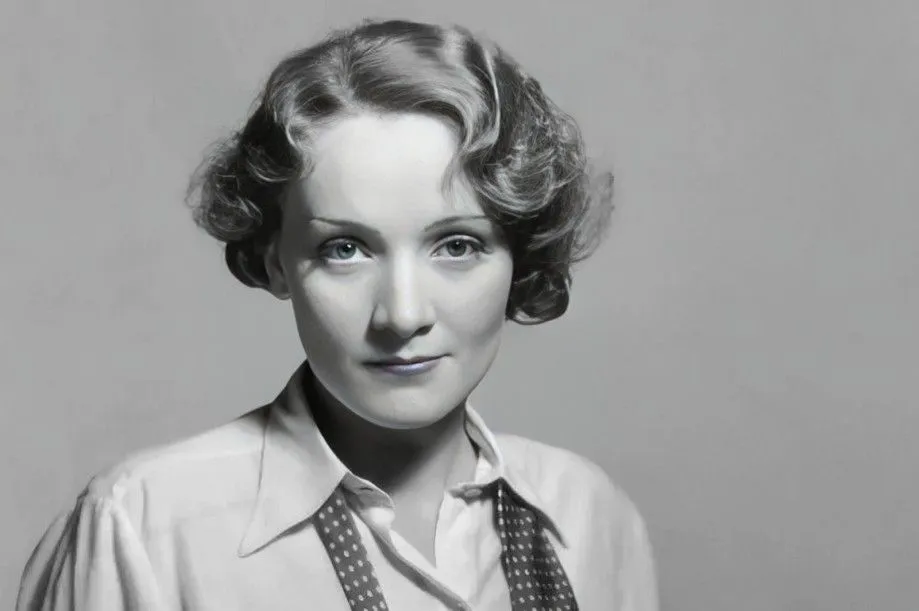
@Marlene Dietrich: Why Google honours her today/aljazeera.com
However, Dietrich’s activities raised suspicions, as she was one of the few celebrities believed to be spying for both the Americans and the Germans. U.S. intelligence closely monitored her movements, ensuring that she remained aligned with Allied interests. Intriguingly, a significant portion of her FBI file vanished just before it was set to be made public.